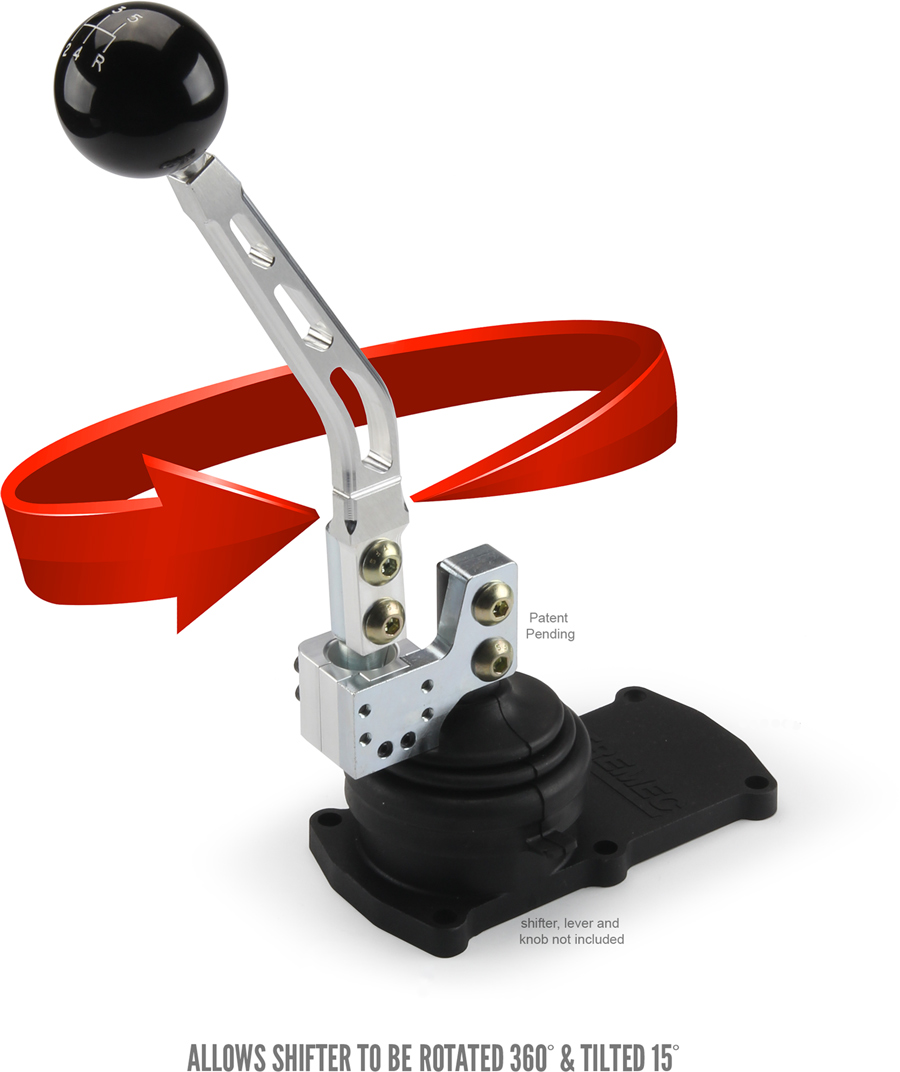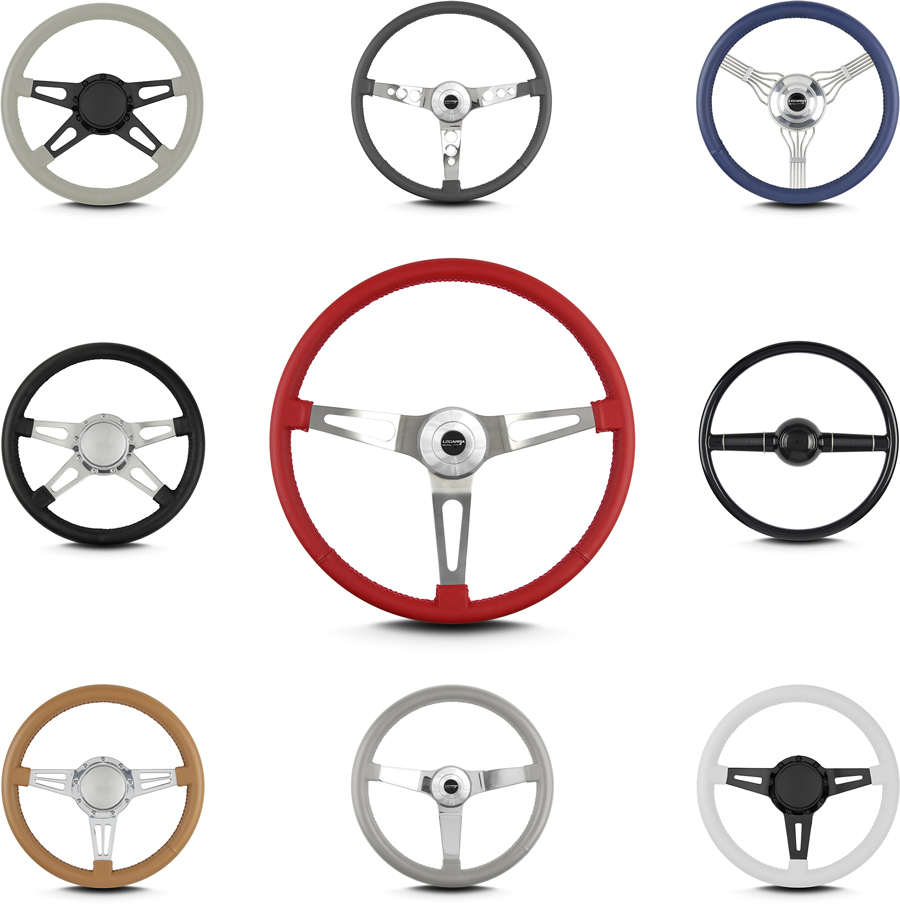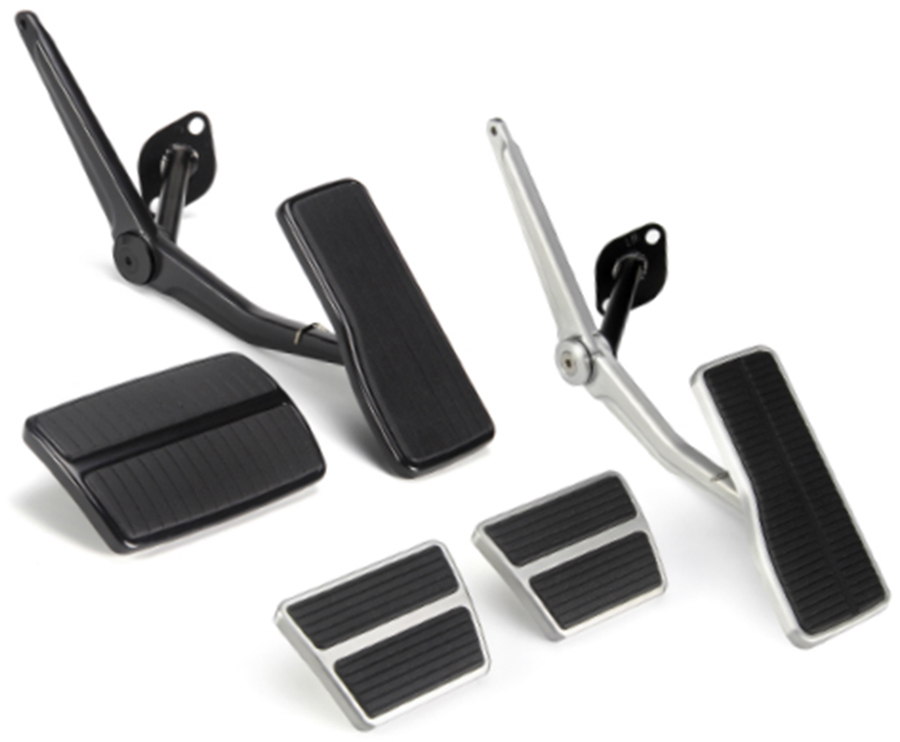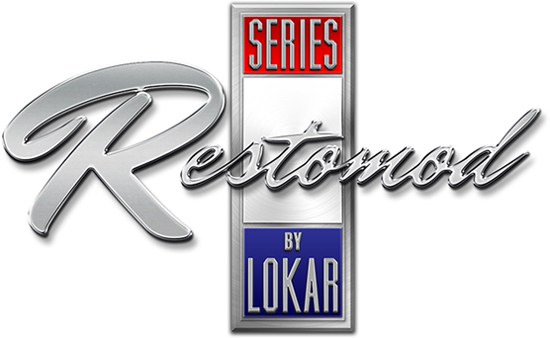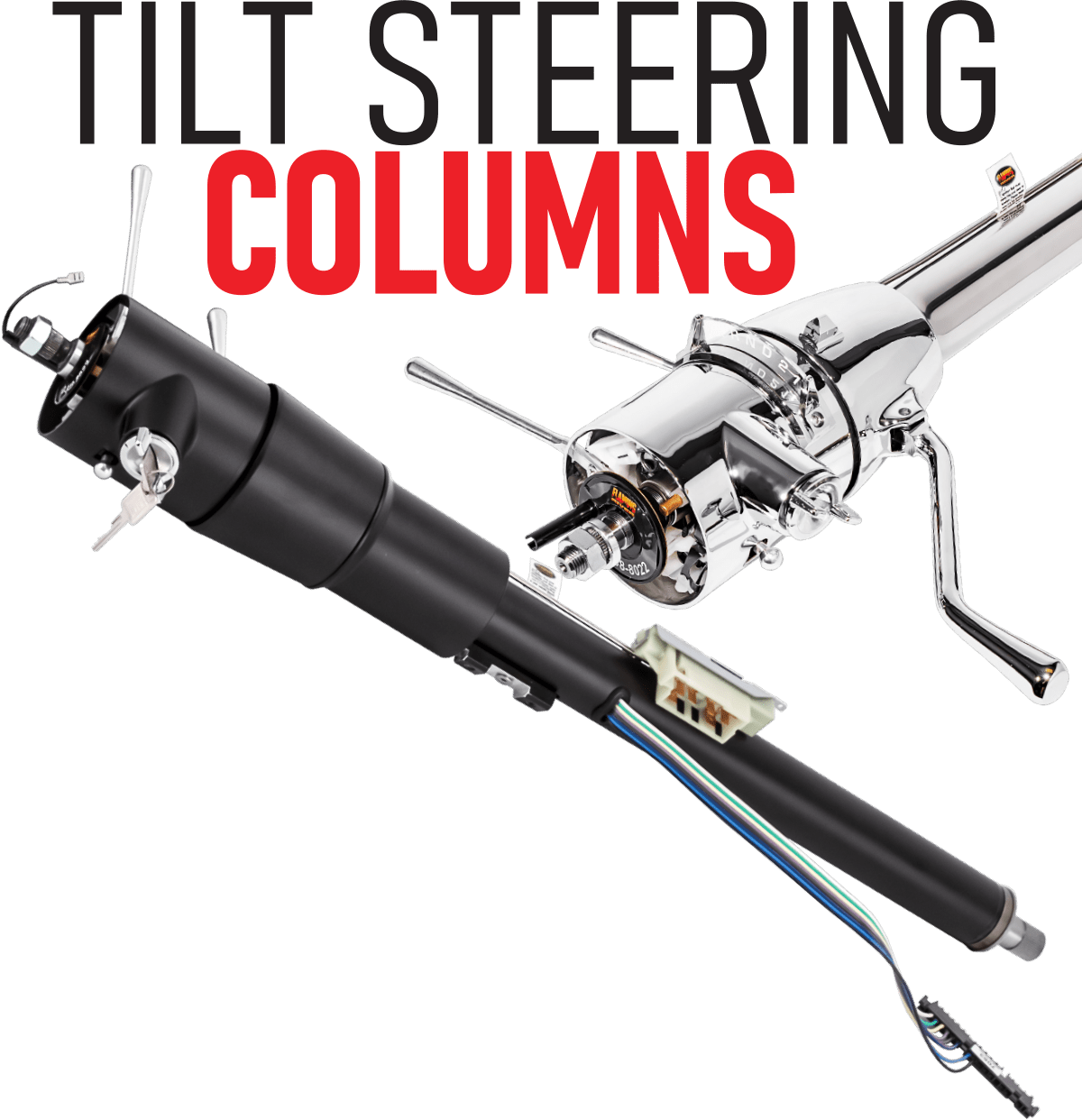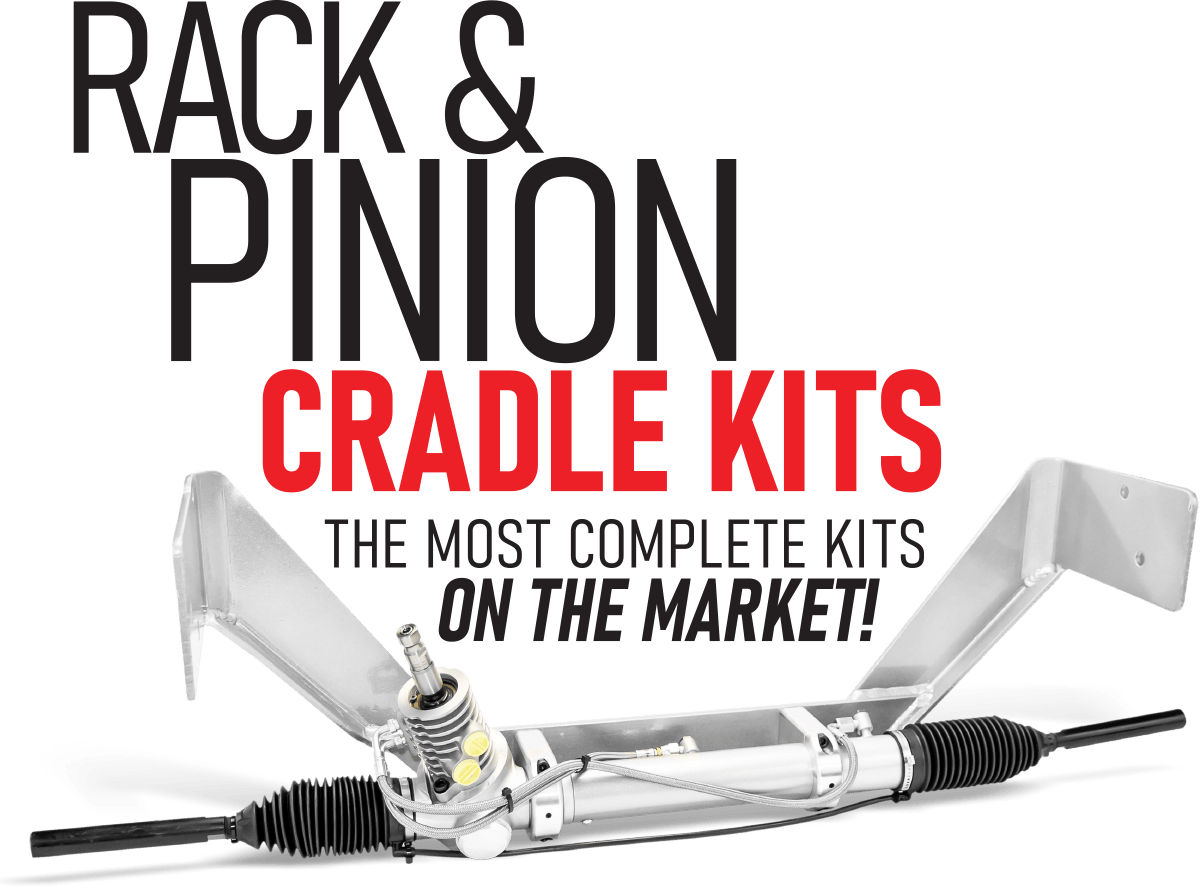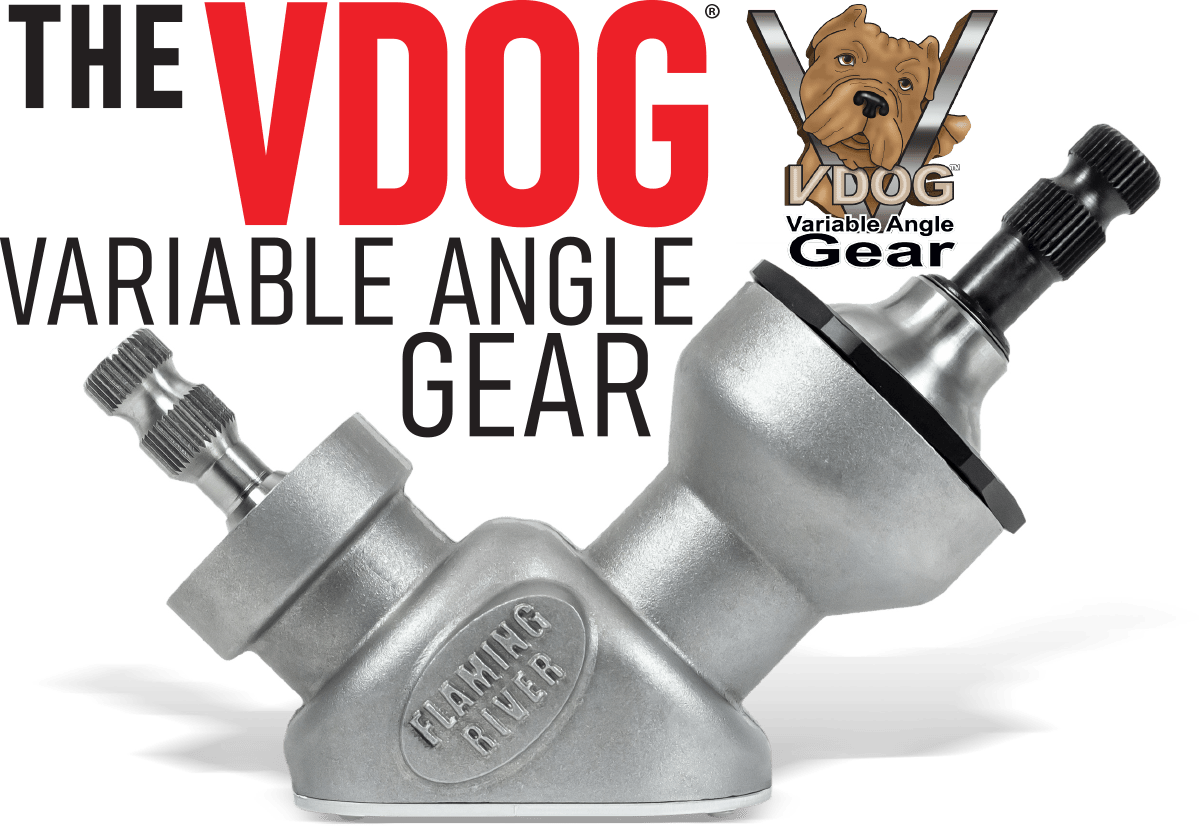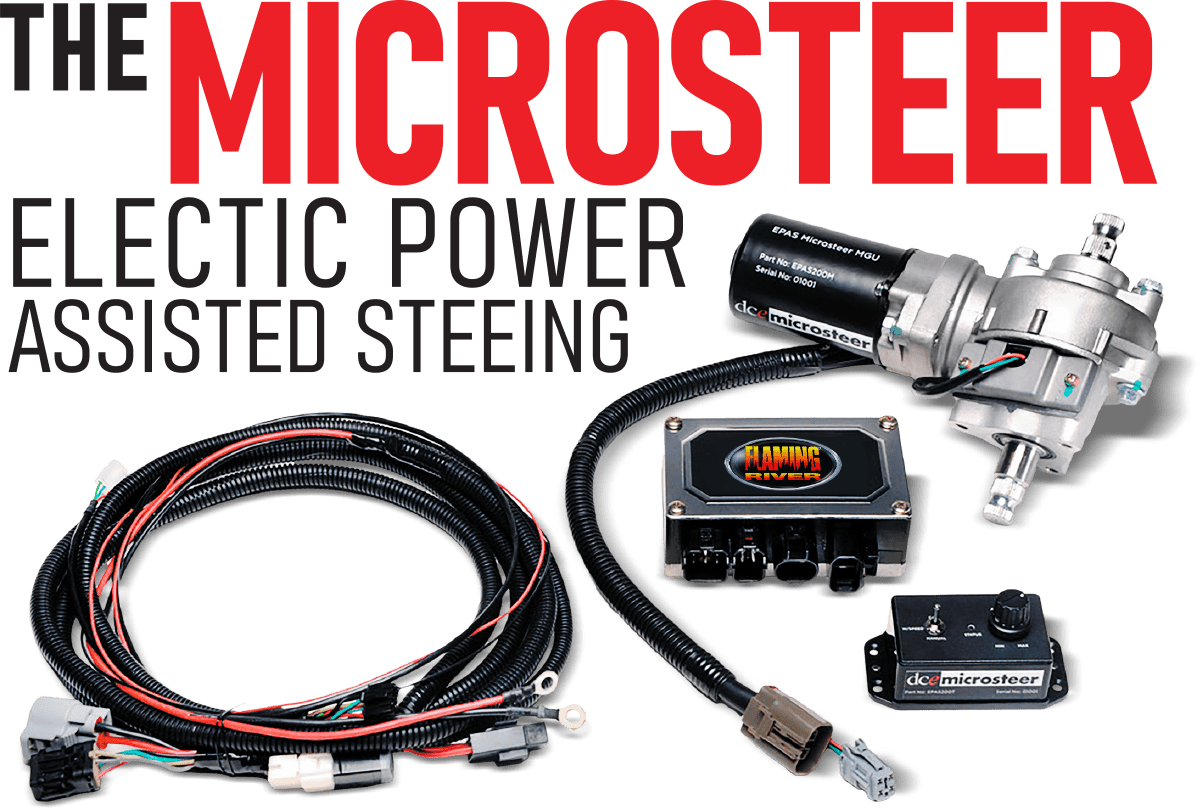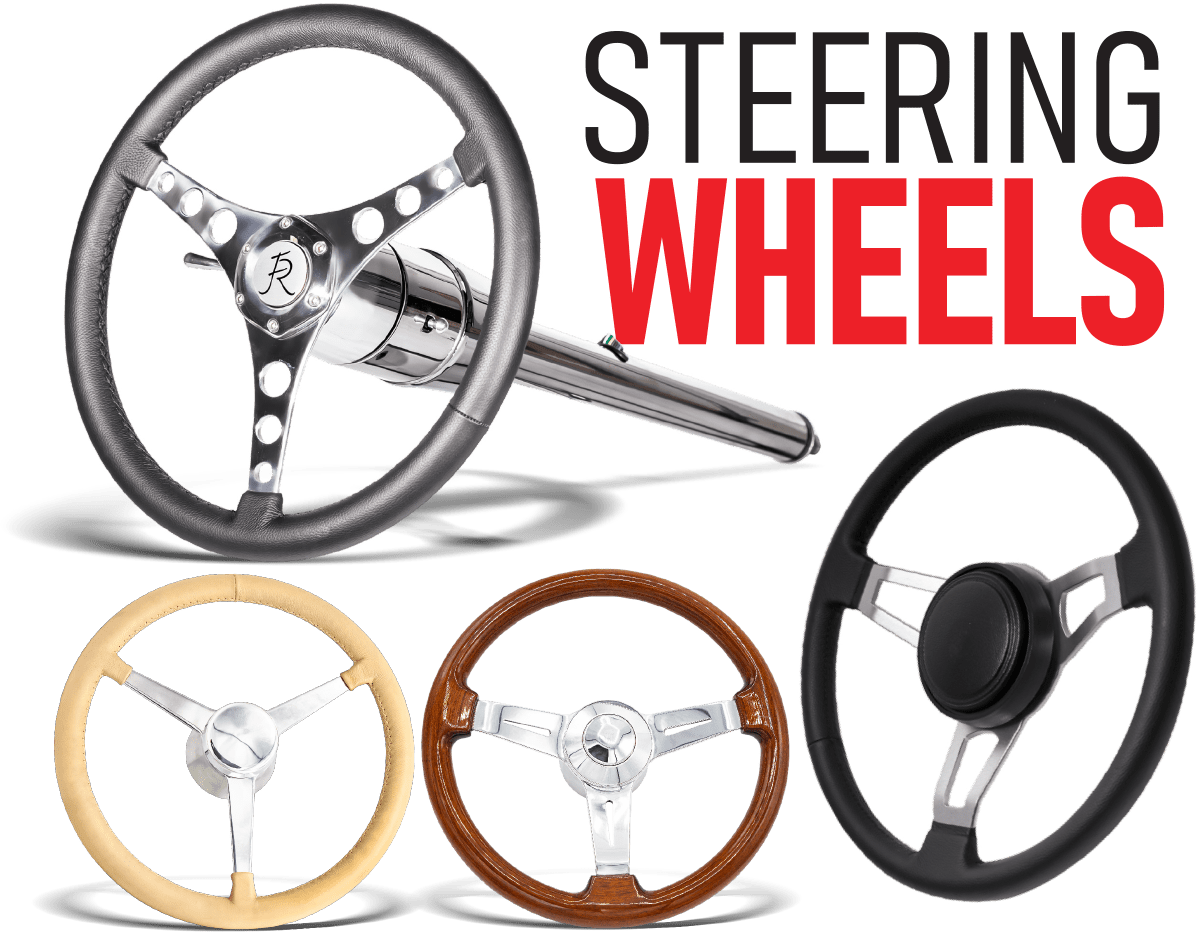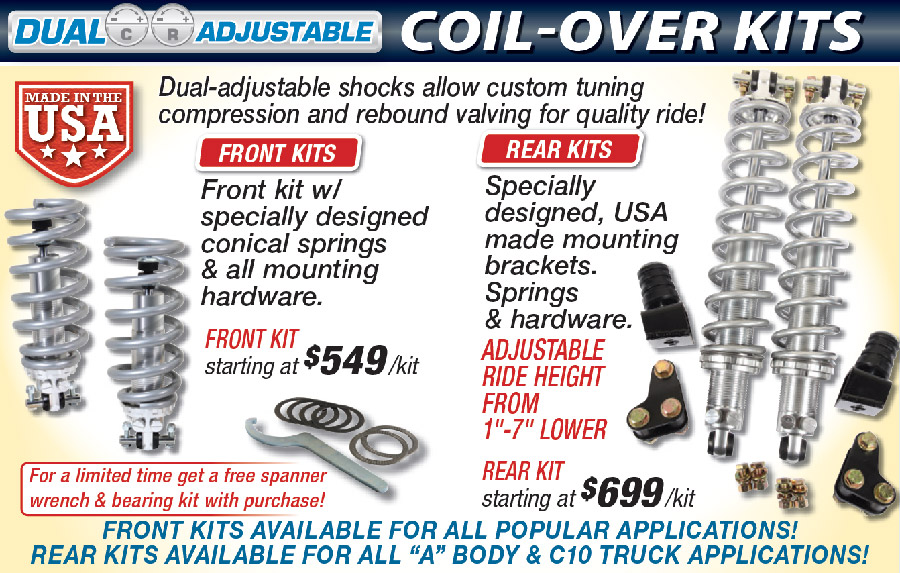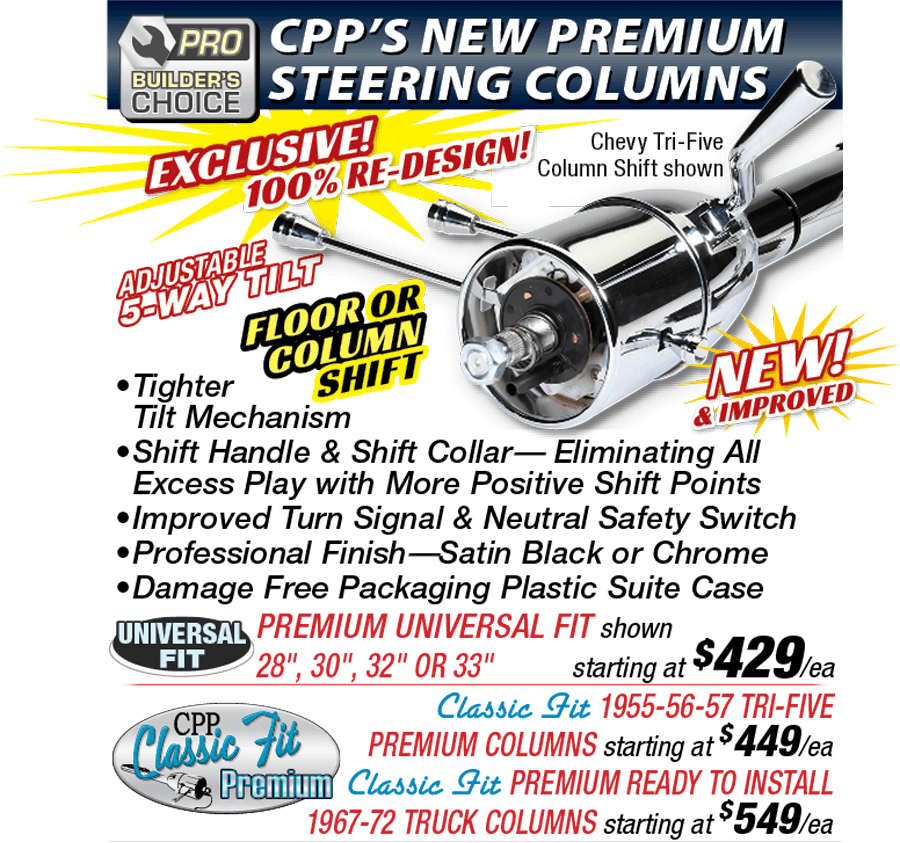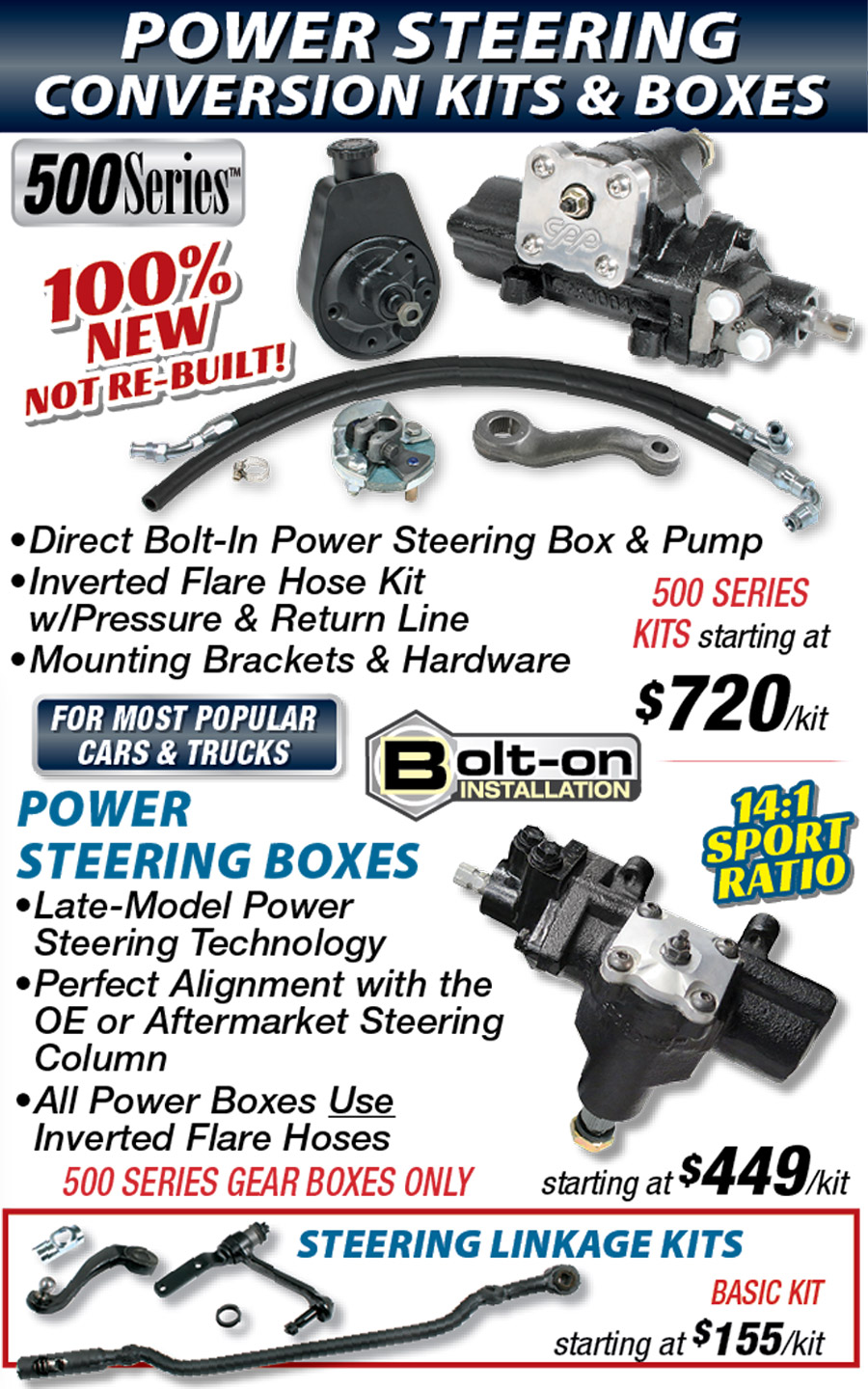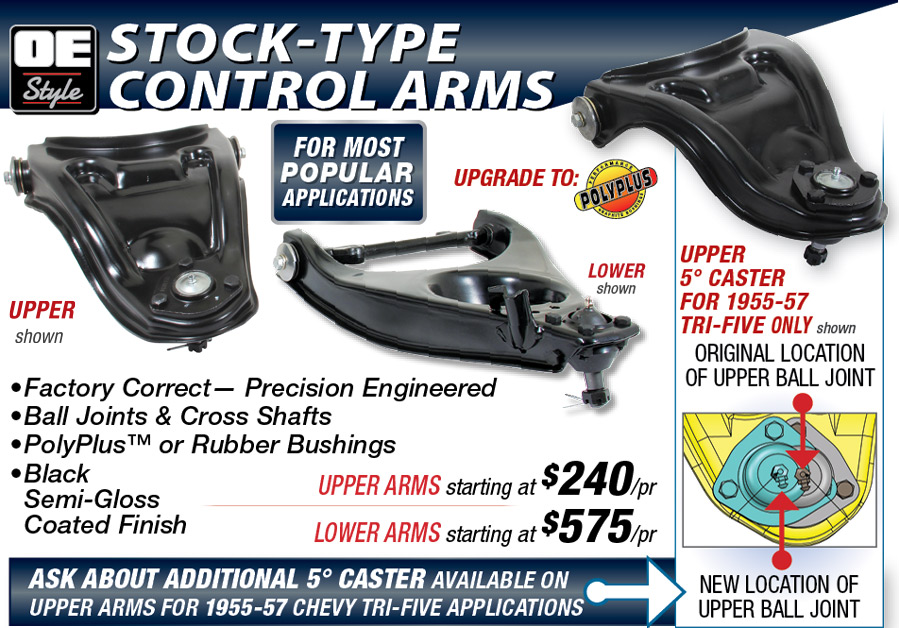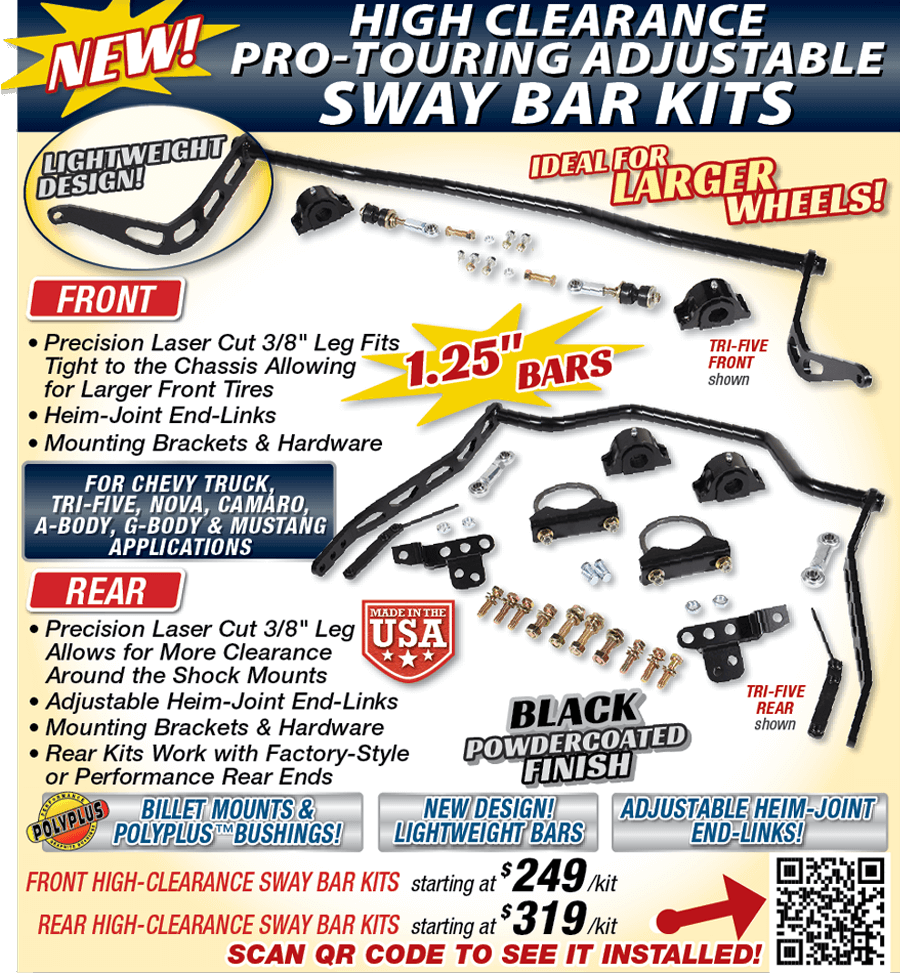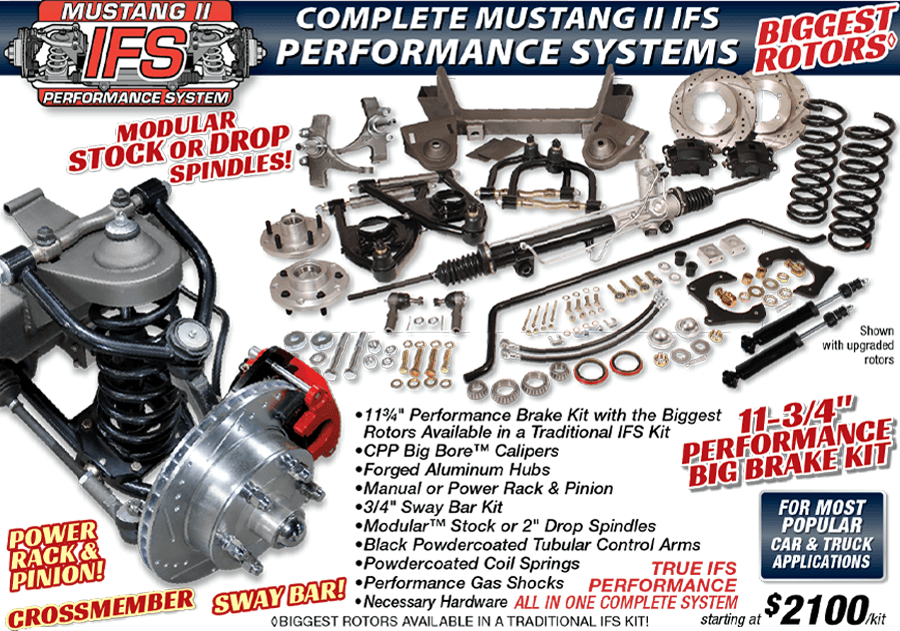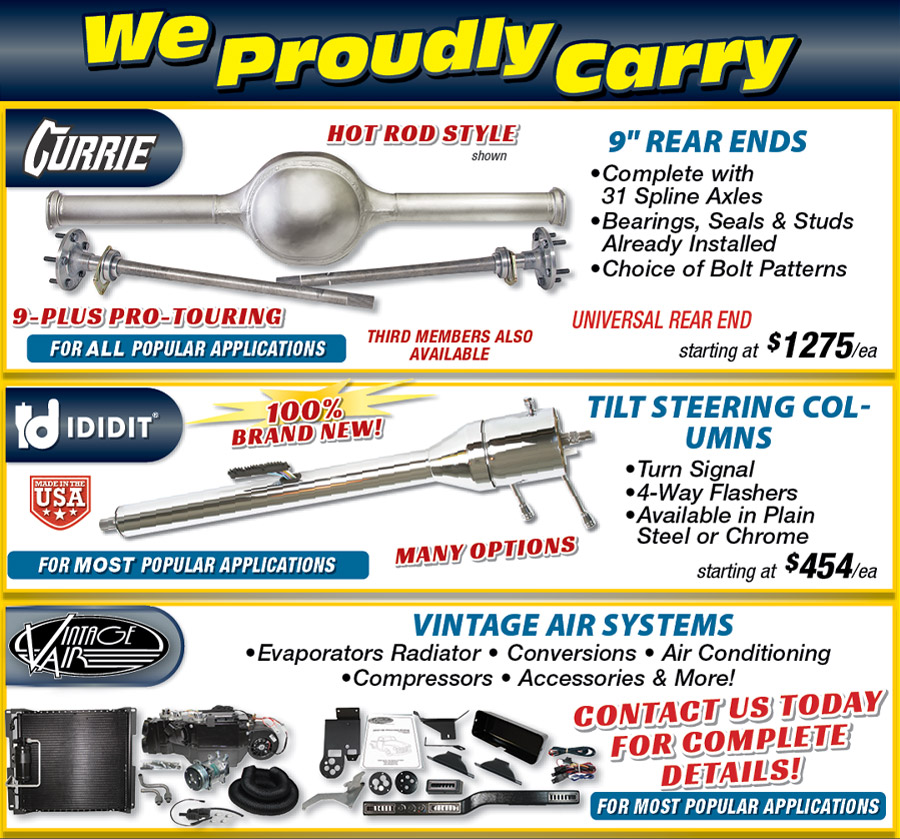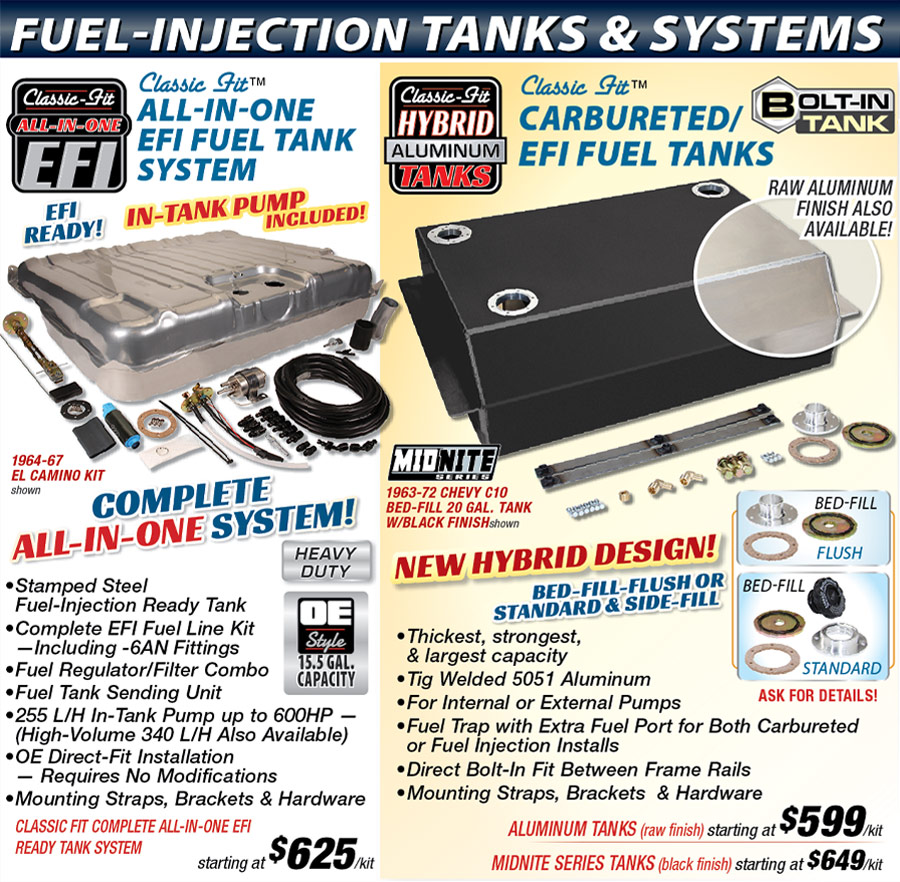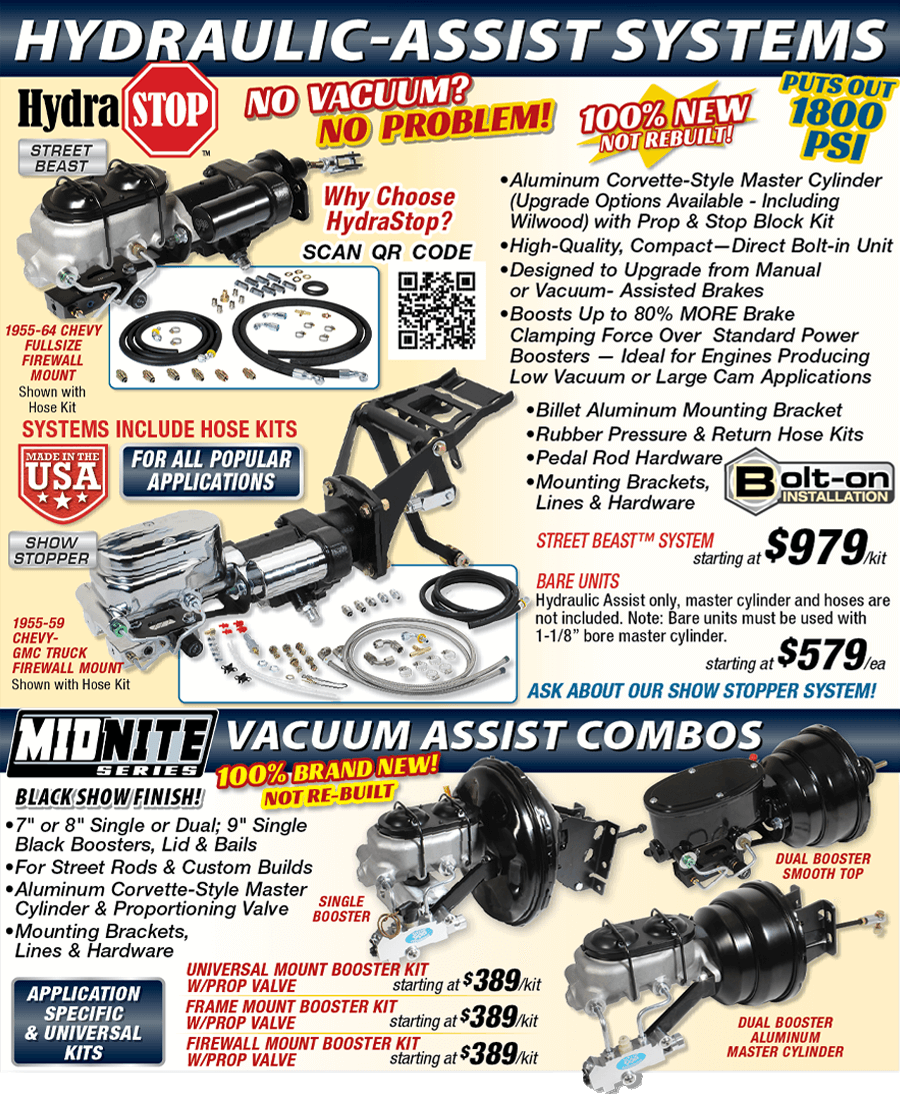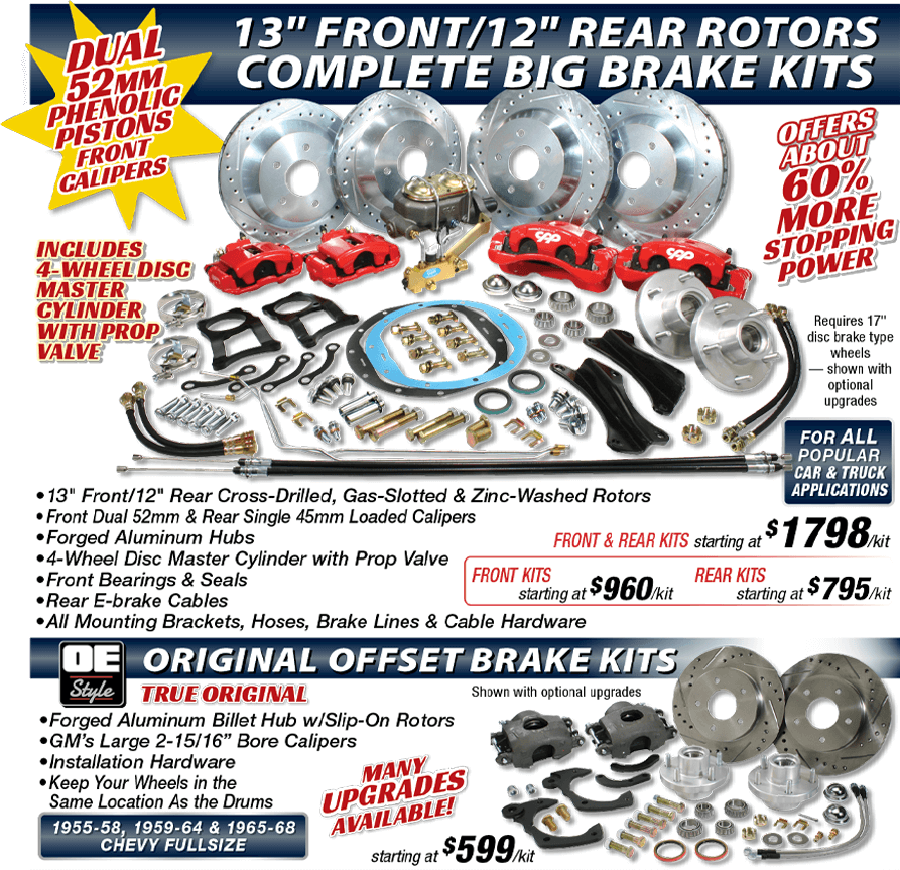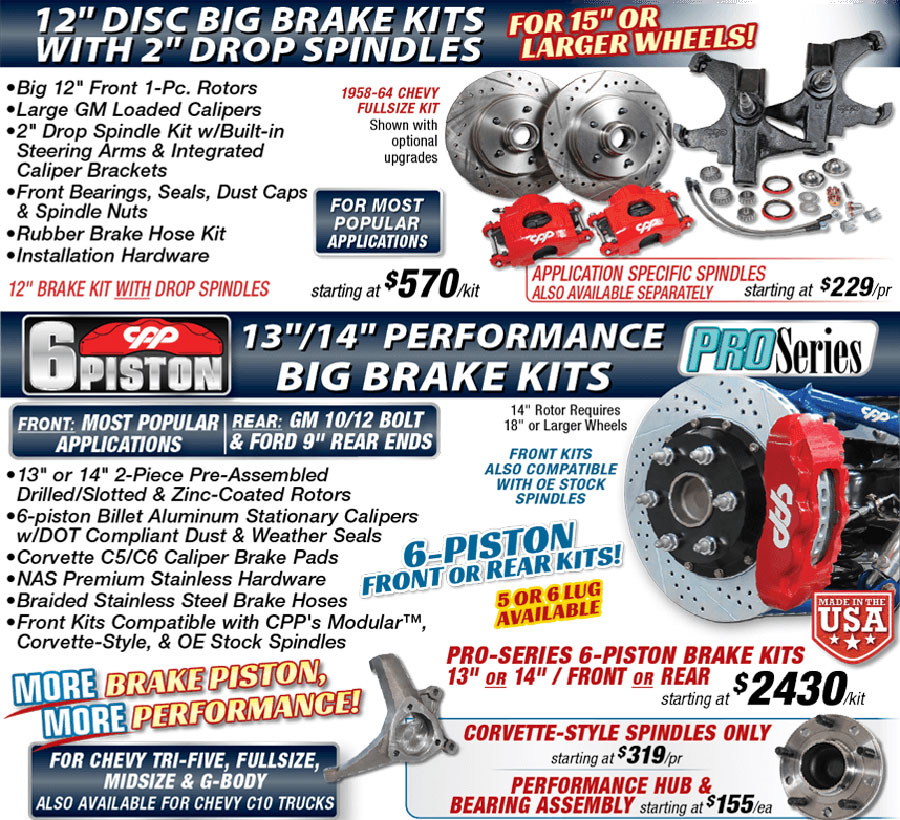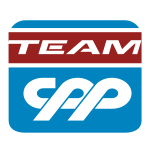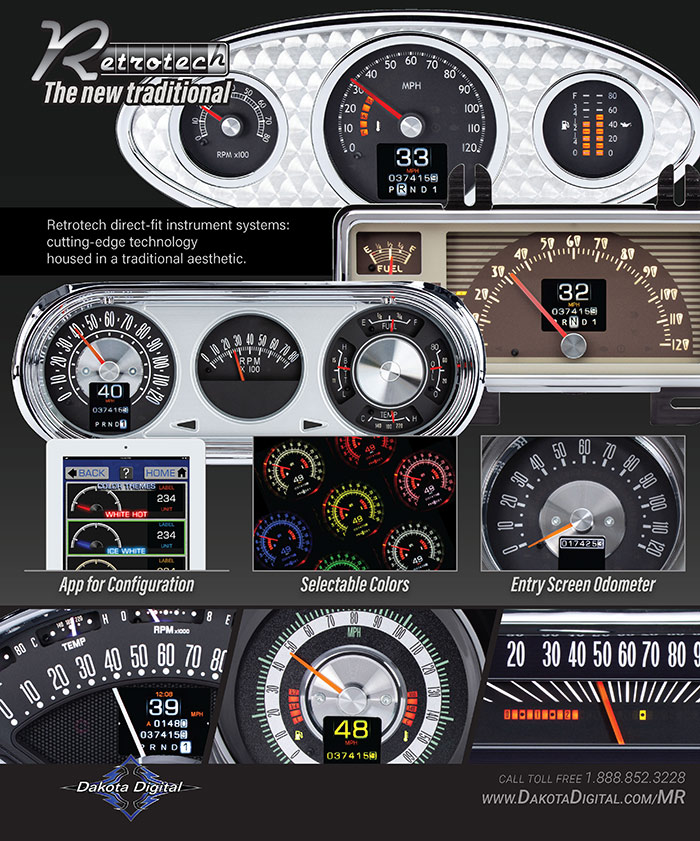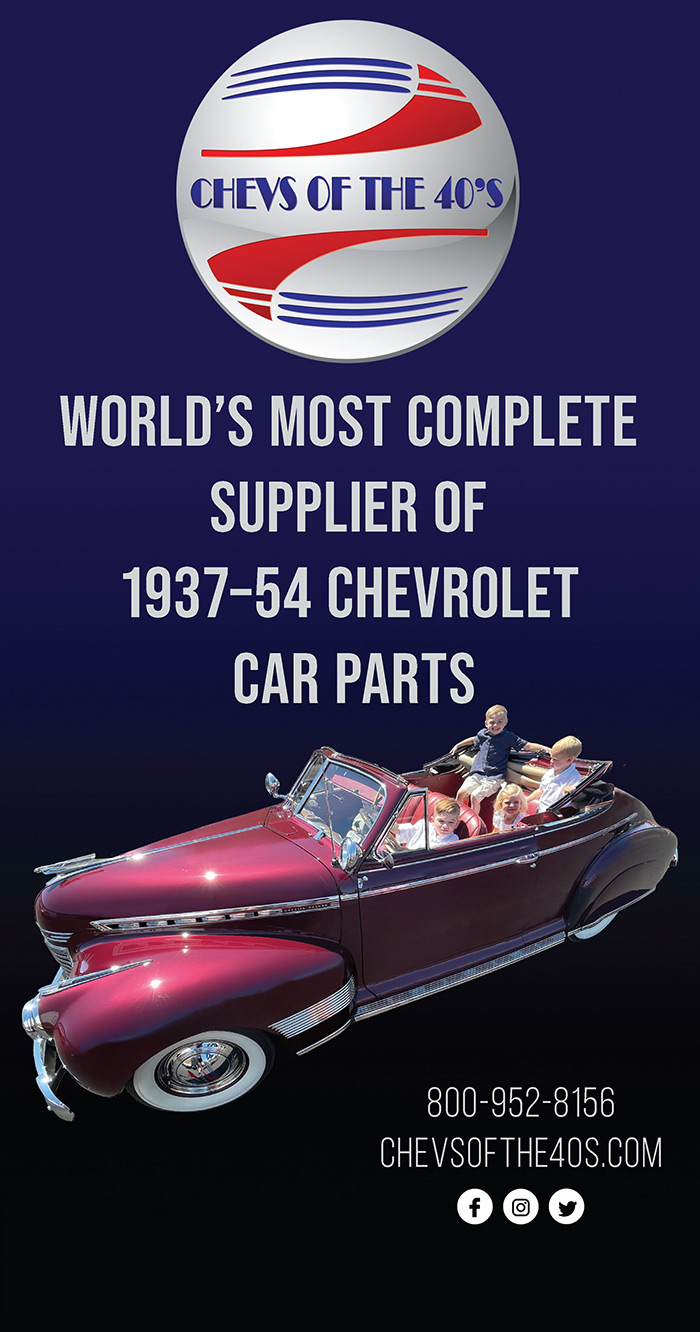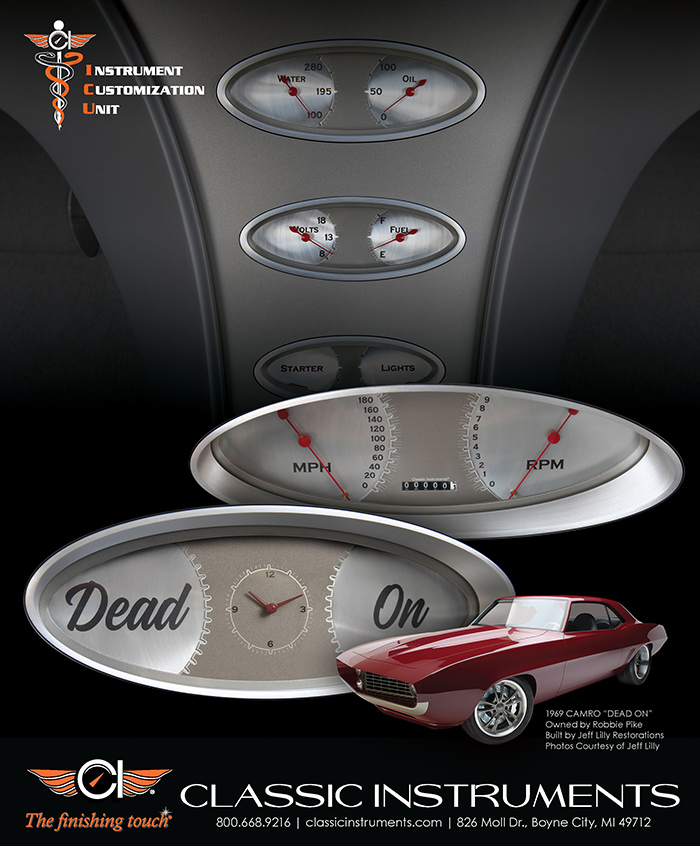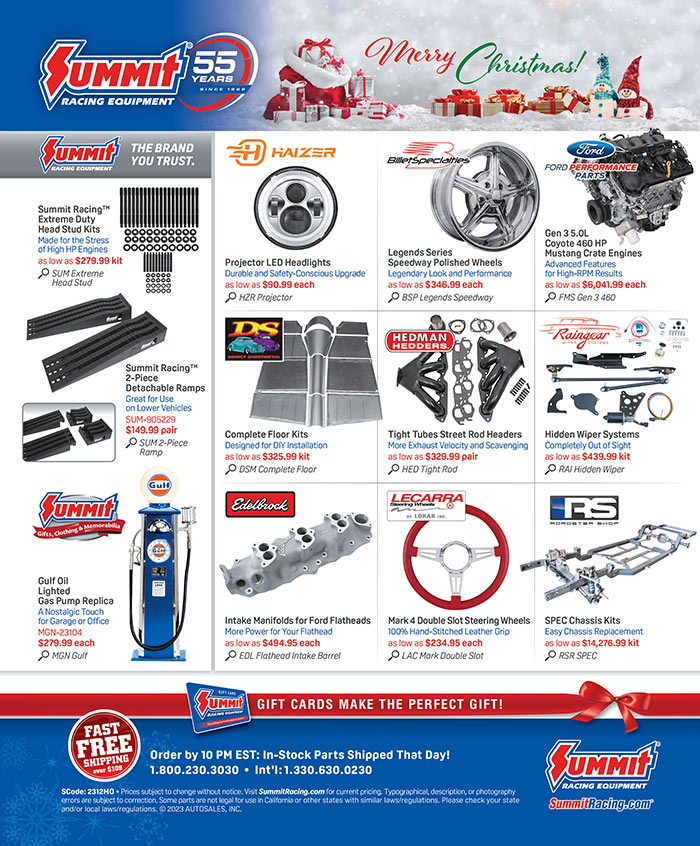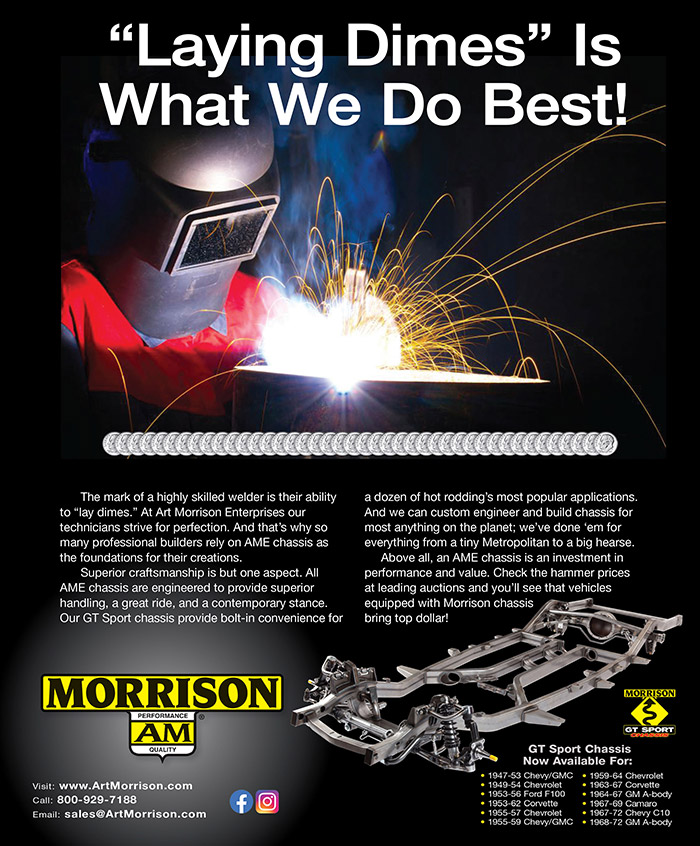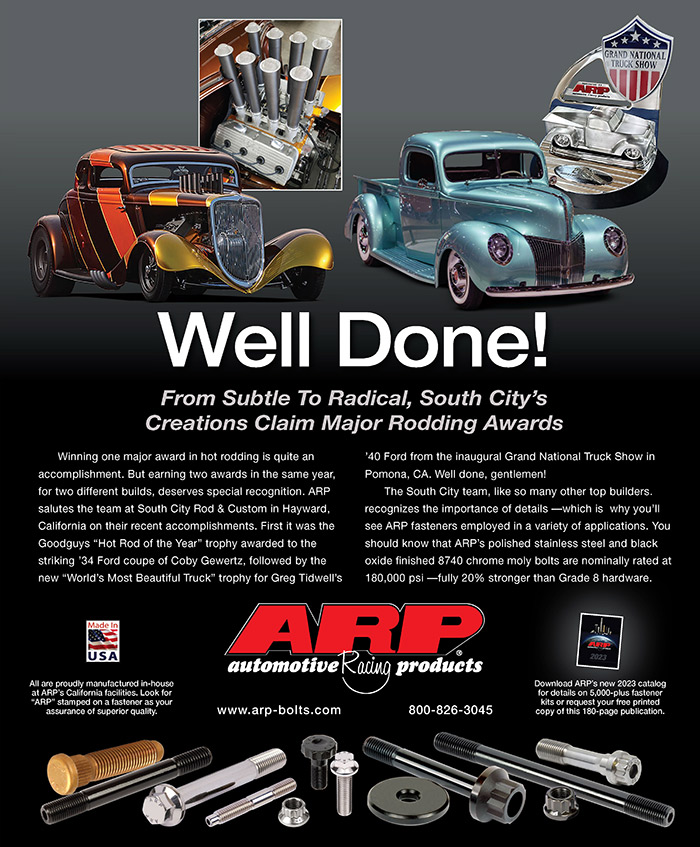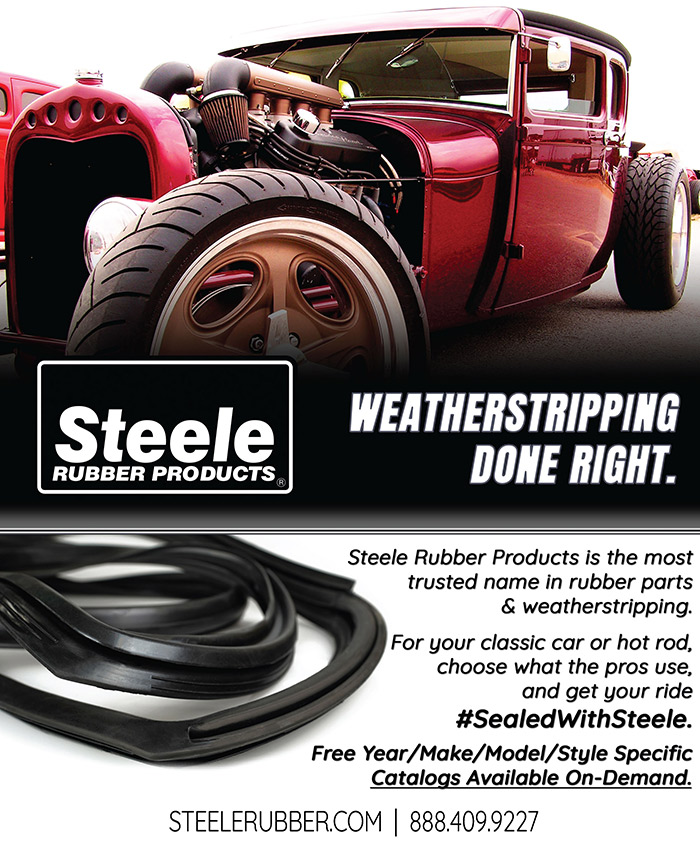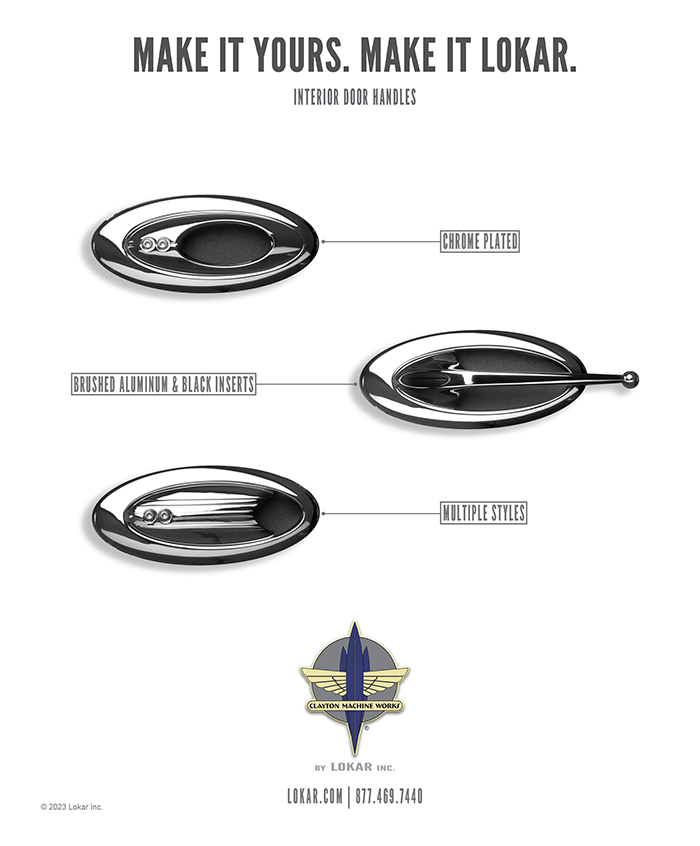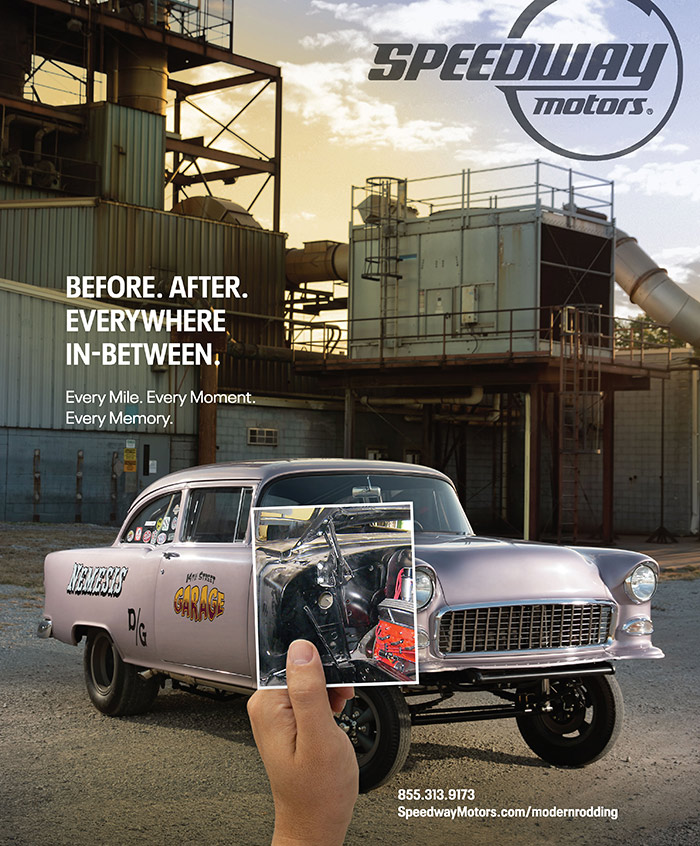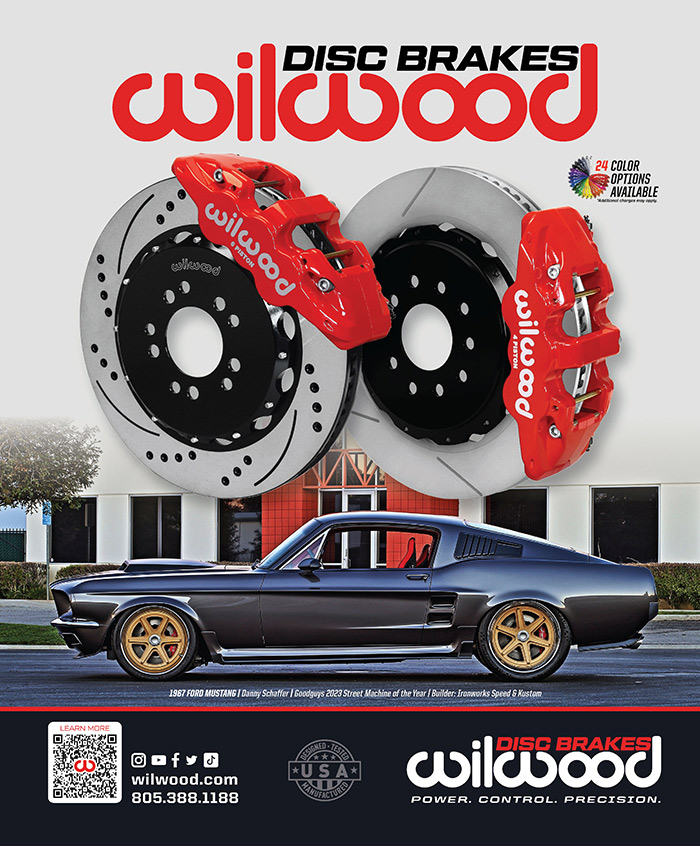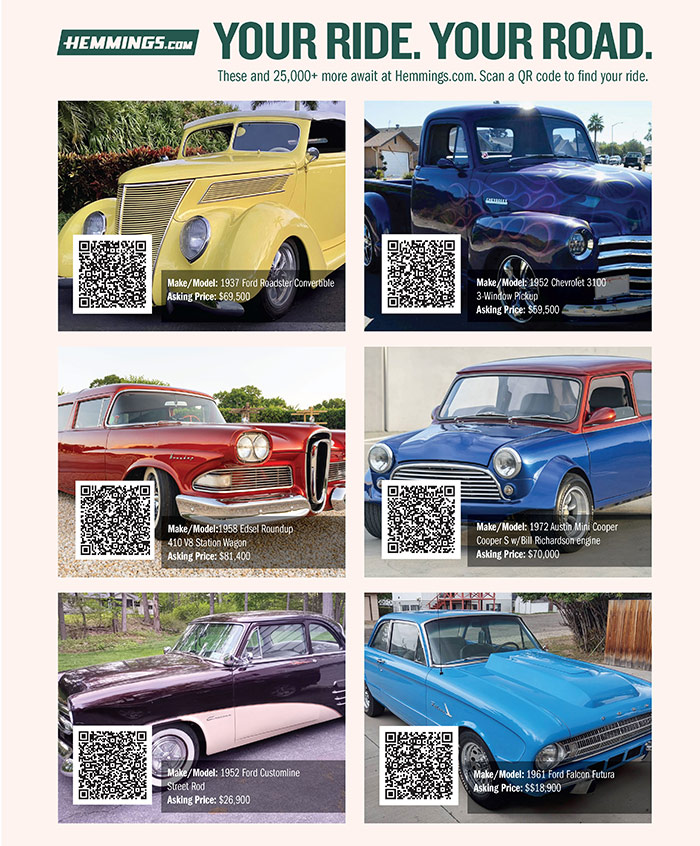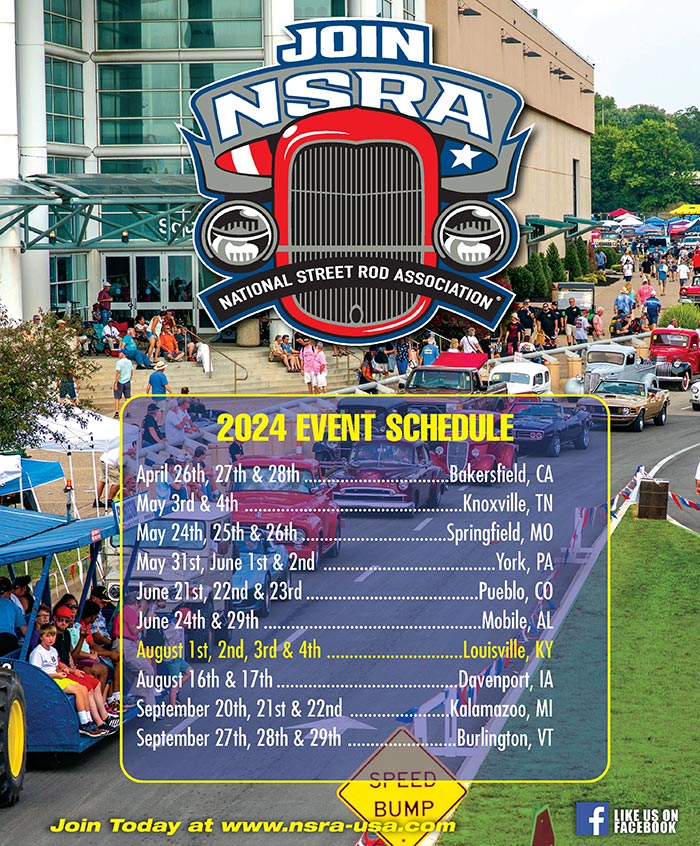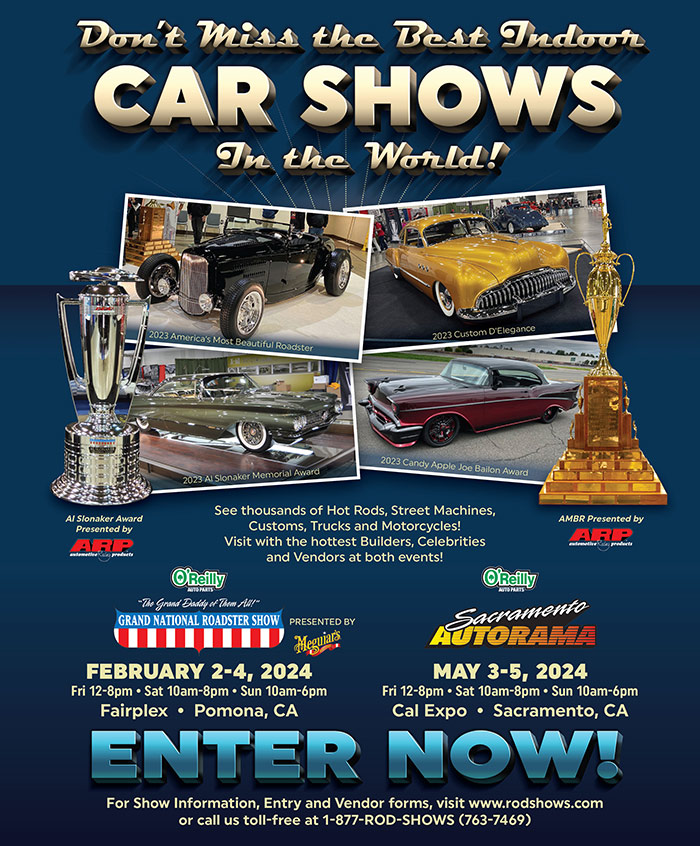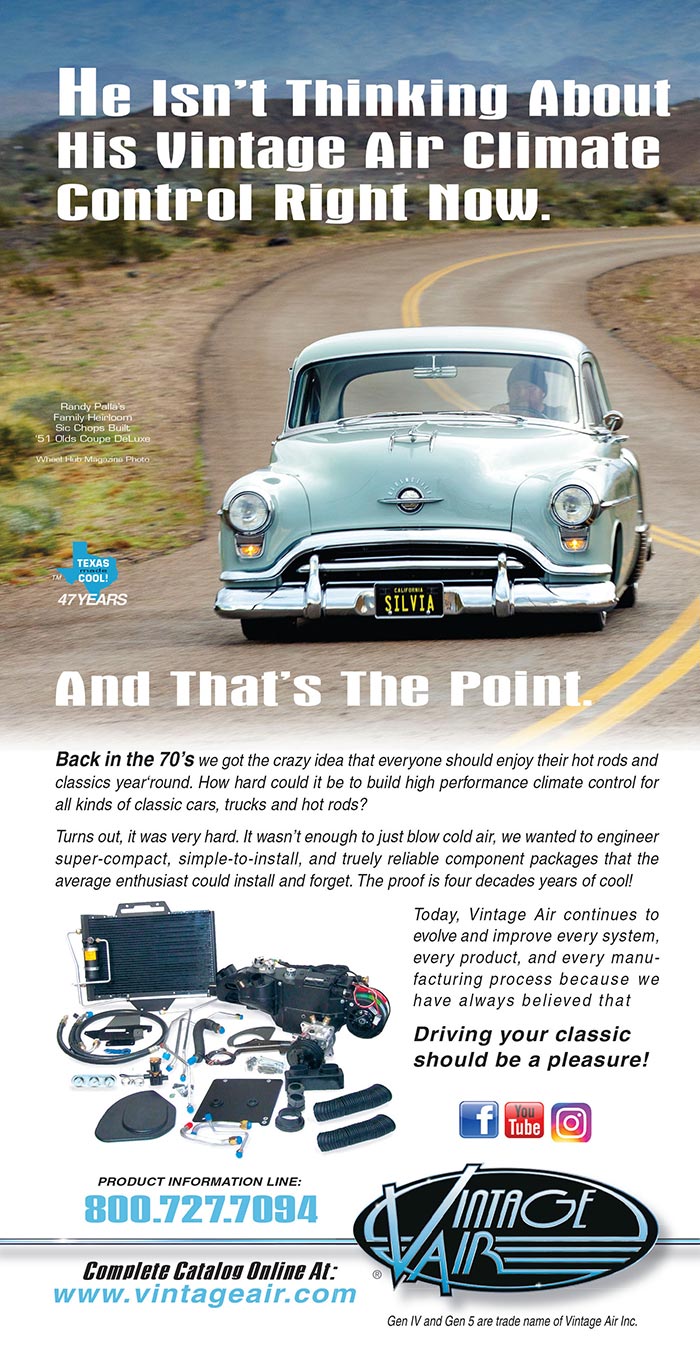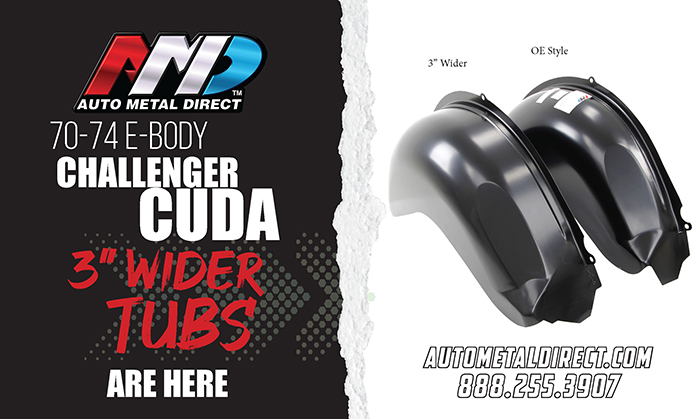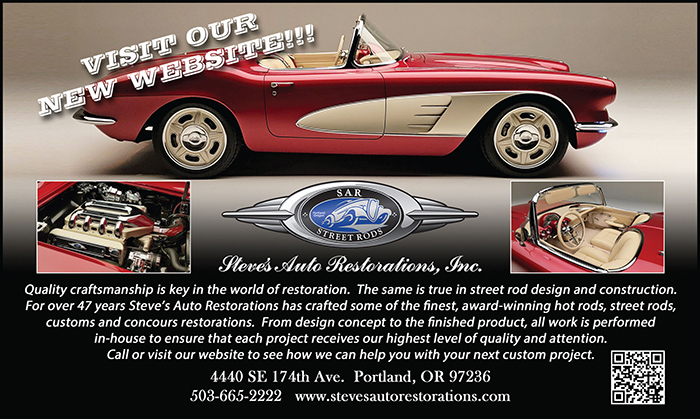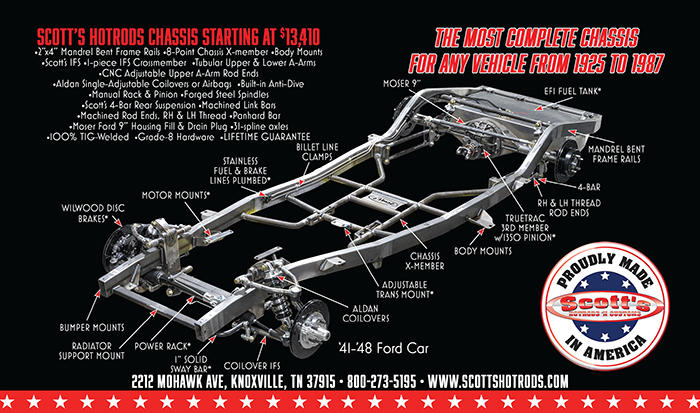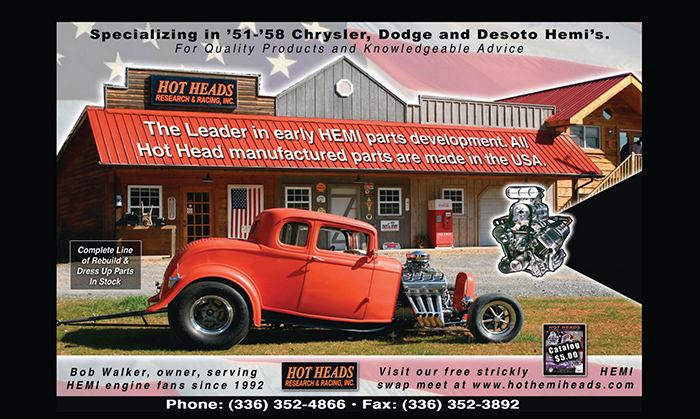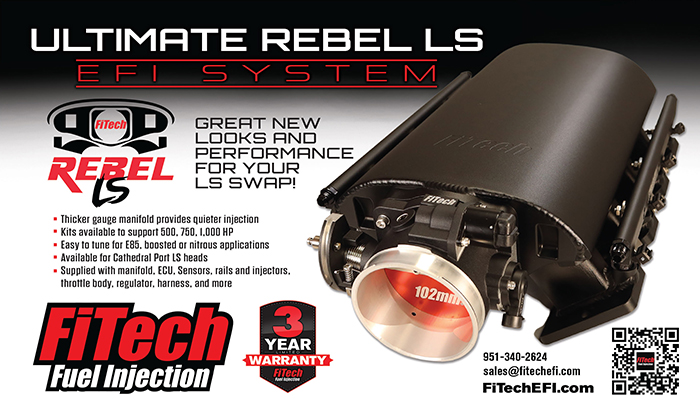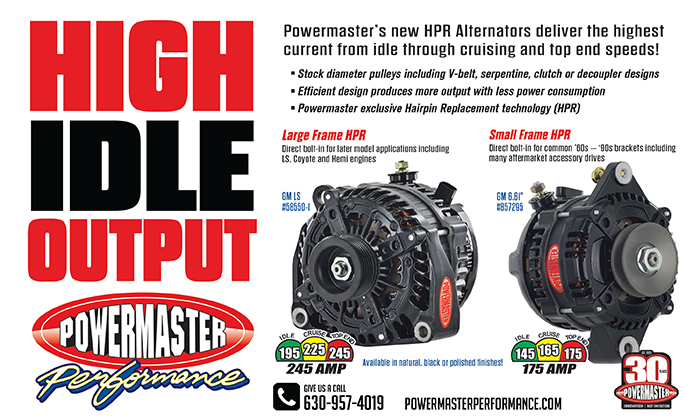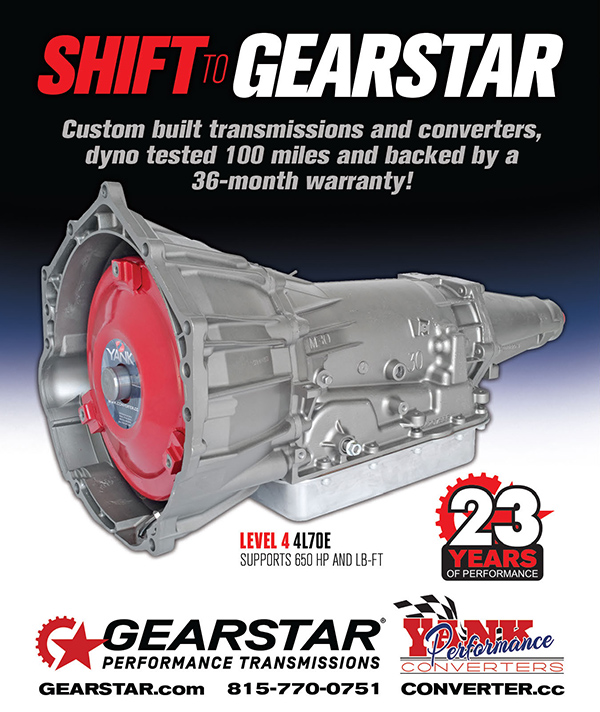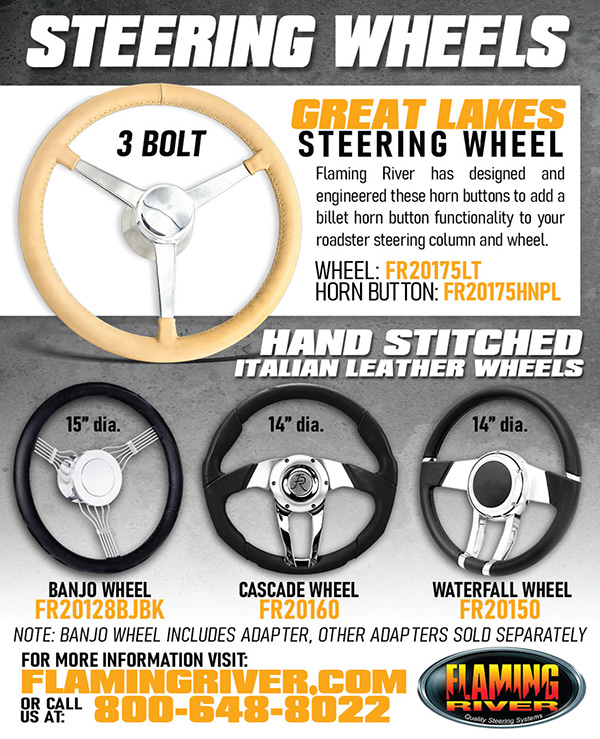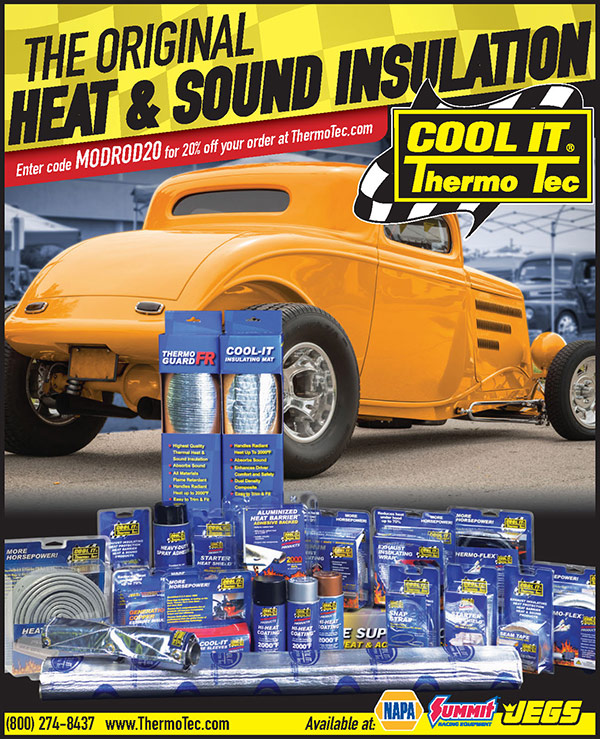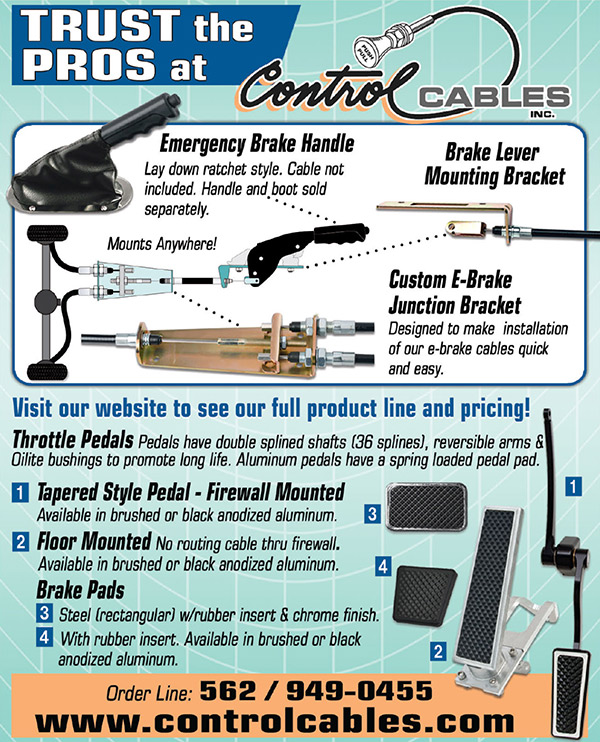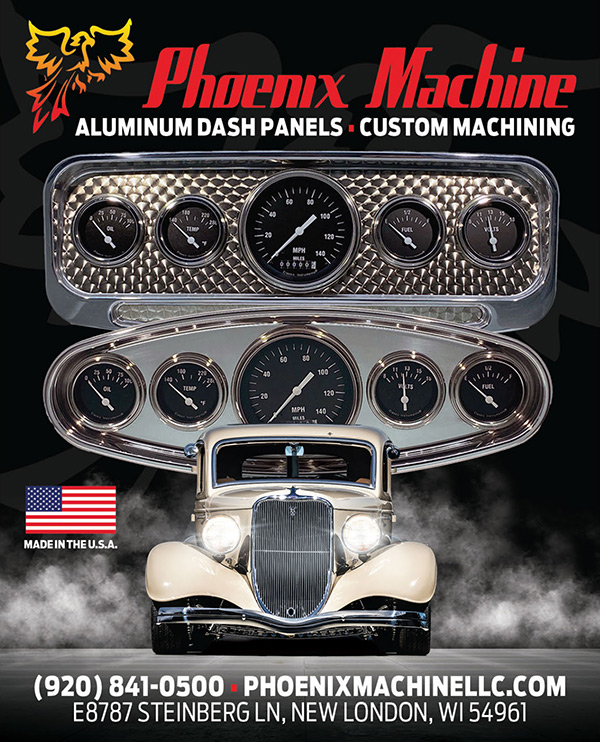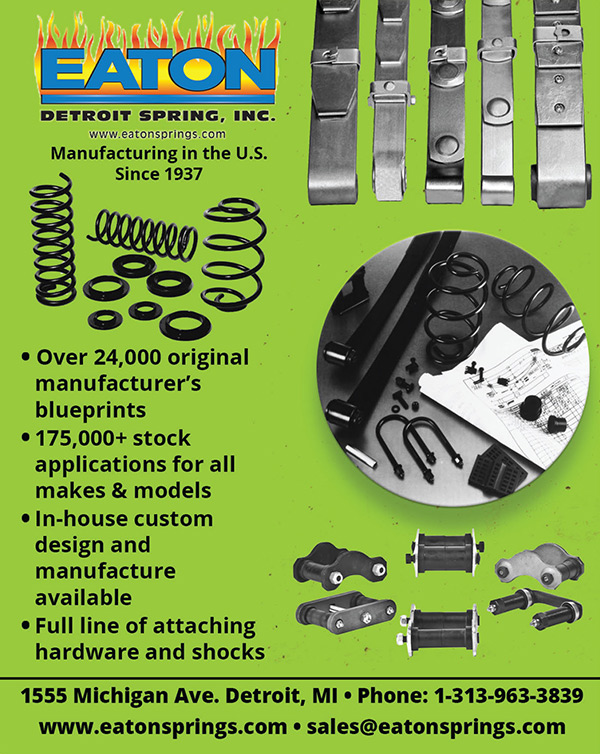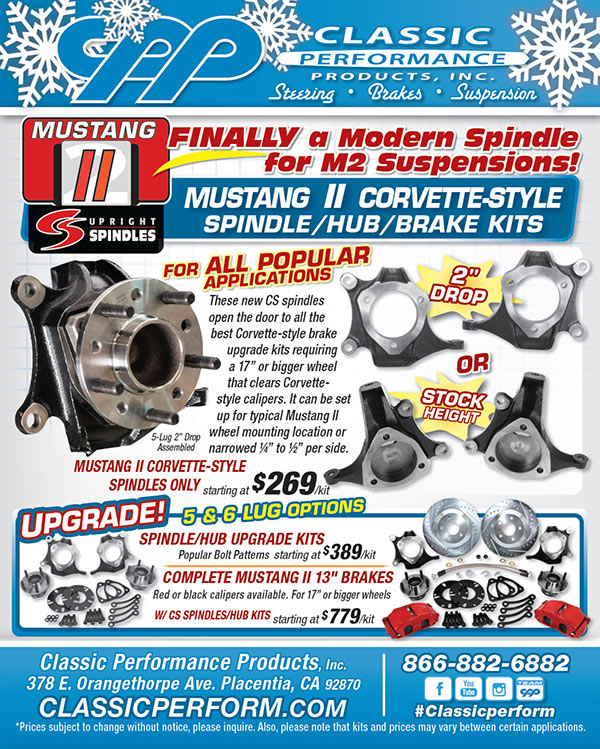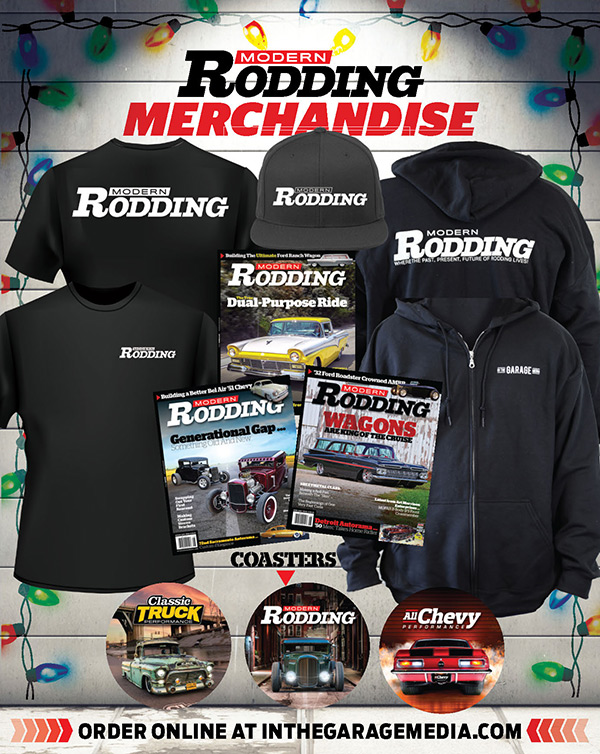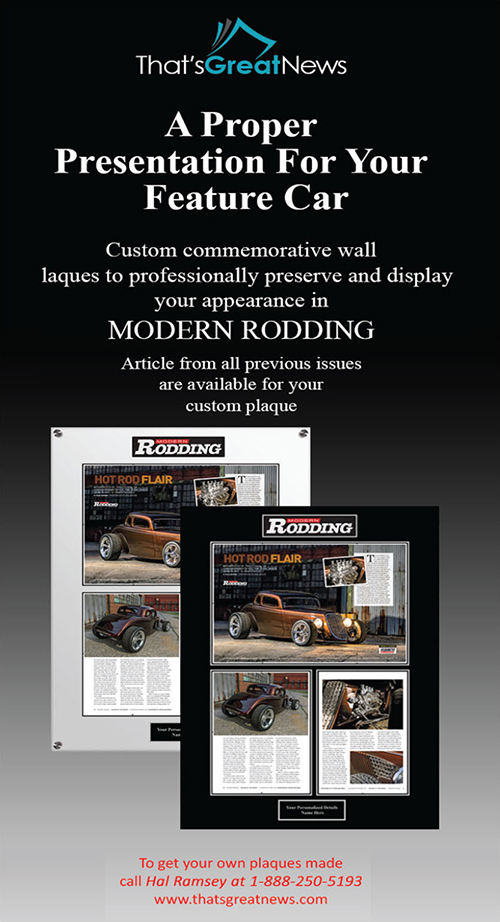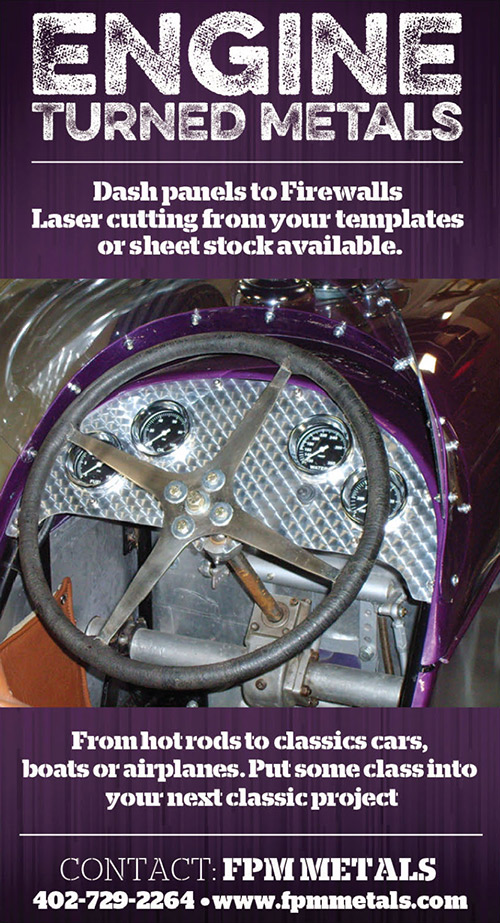
Panels …
’65 Chevelle
Basics …
Any Hot Rod
Master Cylinder …
Mechanical & Electric
’65 Chevelle
Any Hot Rod
Mechanical & Electric
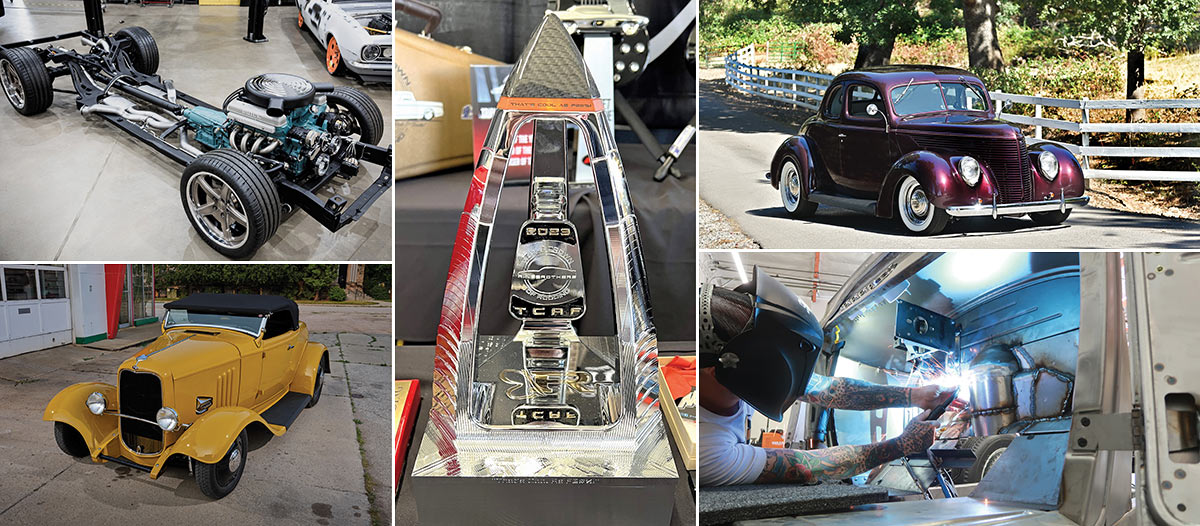
By Brian Brennan, Photography by John Jackson
By Brian Brennan, Photography by John Jackson
By Brian Brennan, Photography by John Jackson
By Stephan Szantai, Photography by the Author
By Dale Moreau, Photography by the Author
By Gerry Burger, Photography by Cody Barnes
By Ron Ceridono, Photography by Brian Brennan & Jason Scudellari
By Ron Covell, Photography by Brian Brennan
By Chris Shelton, Photography by Brian Brennan

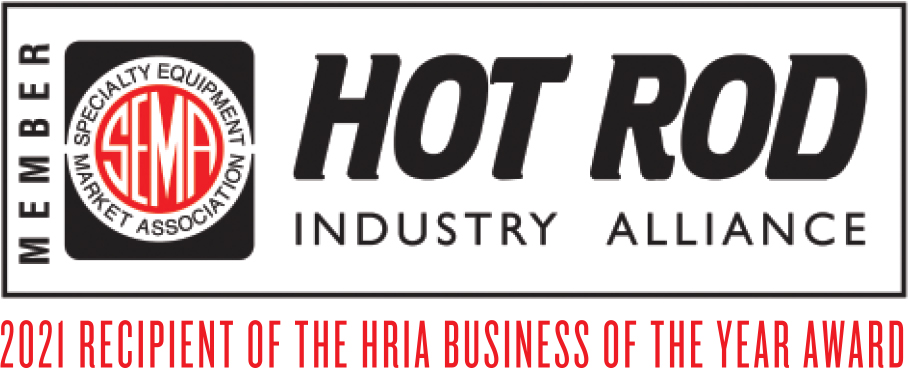
378 E. Orangethorpe Ave. Placentia, California 92870
#ClassicPerform

BRIAN BRENNAN
bbrennan@inthegaragemedia.com
TIM FOSS
tfoss@inthegaragemedia.com
YASMIN FAJATIN
yfajatin@inthegaragemedia.com
SARAH GONZALES
sgonzales@inthegaragemedia.com
ROB MUNOZ
rmunoz@inthegaragemedia.com
PATRICIA LUDI
pludi@inthegaragemedia.com
Wes Allison, Rodney Bauman, Gerry Burger, Tommy Lee Byrd, Ron Ceridono, Michael Christensen, Ron Covell, Grant Cox, John Drummond, Eric Geisert, John Gilbert, Joe Greeves, Ken Gross, John Jackson, Chadly Johnson, Barry Kluczyk, Scotty Lachenauer, Don Lindfors, Ryan Manson, Josh Mishler, Dale Moreau, Don Prieto, Todd Ryden, Jason Scudellari, Chris Shelton, Tim Sutton, Chuck Vranas, John Winter — Writers and Photographers
Travis Weeks Advertising Sales Manager
Mark Dewey National Sales Manager
Patrick Walsh Sales Representative
ads@inthegaragemedia.com
ModernRodding.com
AllChevyPerformance.com
ClassicTruckPerformance.com
InTheGarageMedia.com
subscription@inthegaragemedia.com
(833) 985-9171
InTheGarageMedia.com “Online Store”
For bulk back issues of 10 copies or more, contact store@inthegaragemedia.com

![]()
Copyright (c) 2023 In The Garage Media Inc.
Printed in the USA.
The Modern Rodding trademark is a registered trademark of In The Garage Media Inc.
Modern Rodding STARTING OVER

 by Brian Brennan
by Brian Brennanometimes we forget all the work that goes into our everyday lives’ projects. With our hectic pace it’s no wonder this happens, and maybe this is as it should be. But sometimes, maybe a little more often, we should take a moment and realize what we are enjoying is the result of someone who came before and laid the groundwork. I was reminded of that at this year’s Triple Crown of Rodding event presented by PPG.
I found myself wandering around the Nashville Superspeedway before the gates were open to the public. It was then I came across the tribute that was erected by the show staff honoring, “Influential People That Paved the Way in the Hot Rod Industry.” It’s a reminder, albeit a sad one, that so many of our friends who came before aren’t here now to enjoy with us the fruit of their efforts. The promoters (Bobby Alloway and Gary Case) of the Triple Crown of Rodding event thought it would be a good idea to have many of today’s popular builders signing autographs and enjoying the event with many of today’s rodders beneath a little bit of memory of those earlier hot rodders. Hence the banner with so many names.
 By Brian Brennan
By Brian Brennan
 Goodguys’ 2023 Chevrolet Performance Builder of the Year Awards
Goodguys’ 2023 Chevrolet Performance Builder of the Year AwardsWhat is unique about the Chevrolet Performance Builder of the Year Awards is that the award recognizes the builder of the car. There are two Chevrolet Performance Builder of the Year Awards: The GM Iron title goes to a GM-branded car or truck with a GM powertrain, while the GM Retro Iron title is for a non-GM vehicle that is powered by a GM drivetrain. The winning builders will each receive a Chevrolet Performance Connect & Cruise crate powertrain system.
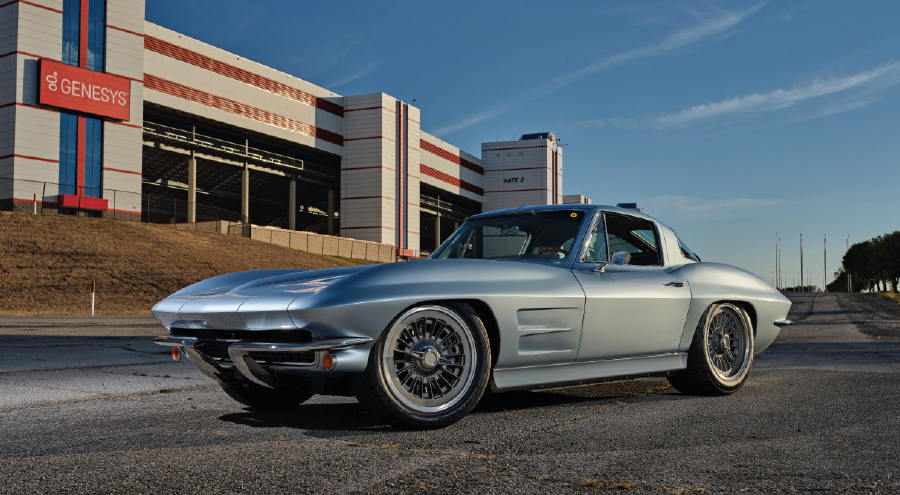
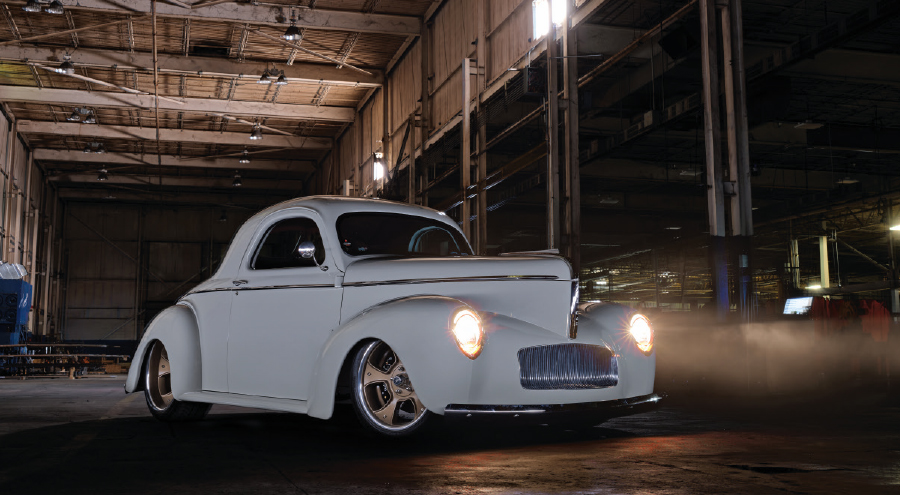
 By Brian Brennan
By Brian Brennan
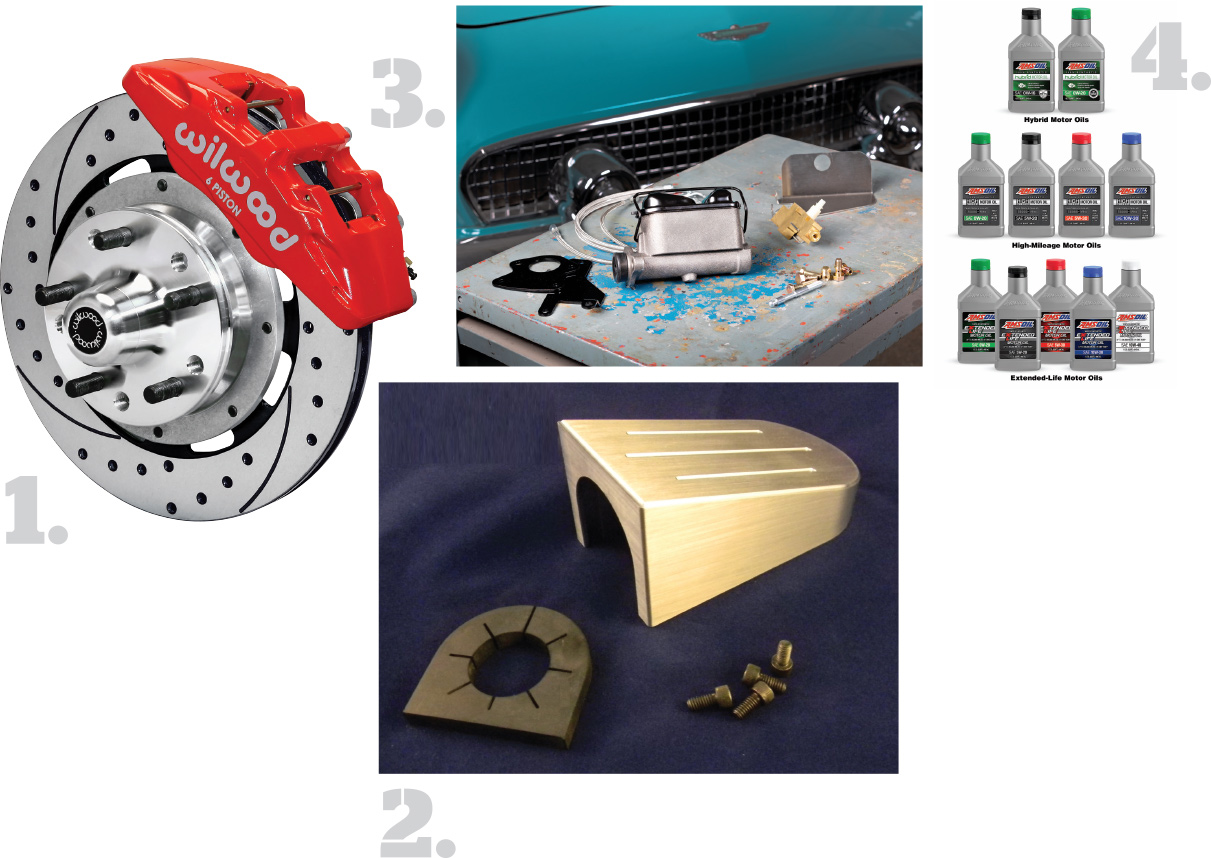
High-strength Dynapro DP6A forged aluminum calipers feature a central stiffening bridge to reduce deflection and improve performance and pedal feel. Rotors are more than an inch larger than stock, providing more brake torque and thermal capacity. Choose Ultralite HP plain face 32 straight vane or SRP drilled-and-slotted, 32-curved vane rotors measuring 12.19×0.81 inch. Calipers come finished in high gloss red or black powdercoat or 22 other color options (additional charges may apply).
In addition to the high-strength brackets, kits include rotor adapter plates, hubs, and all mounting hardware. Stainless steel Wilwood Flexlines are available separately.

 Photography by John Jackson
Photography by John Jacksonhen the time comes to sit down and write a car feature the tech sheet pretty much tells the story, coupled with one or two great backstories from the owner. But every now and then we come across a car feature where the owner and the car are stories unto themselves. Tim Strange, of Lewisburg, Tennessee, is both a car builder (Strange Motion Rod & Custom), a personality within our hobby, and a dyed-in-the-wool hot rodder. So where do we begin? Do we talk about Tim or his very cool ’65 Chevy Chevelle with big-block V-8 for power? How about we blend the facts and let the hot rod Chevelle “speak” for the two of them.
It’s often said that much of what a son will do is a direct result of his “genes.” You know the good stuff passed on from father to son (with a healthy dose of Mom, too). Turns out Tim’s dad, Dan, was into Harleys and built several choppers. However, it soon became apparent that having a Harley or two around the house wasn’t going to get the job done as the kids began growing. In place of the Harleys, a continuous line of Chevy Tri-Fives began to show up.
When the time came for Tim to work on his own four wheels, he sold off four of his 4-H pigs (yep, Tim has lots of farmer in his gene pool), gathering up enough money to purchase his first ’55 Chevy. But in time that too went down the proverbial road and, in its place, a ’64 Chevy Chevelle came home. This Chevelle underwent several transformations during his early years and eventually led to national recognition at the ripe “old” ages of 19 and 20.
Modern Rodding TECH
InTheGarageMedia.com


 Photography by THE AUTHOR
Photography by THE AUTHORaithful readers of Modern Rodding have already seen this Detroit Speed & Engineering (DSE)–built ’65 Buick Riviera in all its Ferrari crimson glory (Modern Rodding Oct. ’23). But many real hot rodders like to take the full tour to see the artwork that lies below. You see, Jeff Mosing’s Riviera is no showboat; the team at DSE likes to build cars that can haul-the-male on the street, road course, or autocross circuit. Now since Mosing has ample time wheeling Porsches in the IMSA series, he is well in tune with high-performance machinery for the track and the street. This car was destined to be the perfect blend of unmatched ’60s style and ample street performance. Of course, this Riviera is also fully capable of drawing a crowd under the indoor show lights and will blend in perfectly with the other cars at Mosing Motorsports.
After due consideration with Mosing, the final plans were laid. The team at DSE decided a properly located 9-inch Ford rear with coilovers out back would be combined with DSE SLA subframe independent front suspension. There is simply no way to make a personal luxury car this size a light weight, so that called for some serious brake power. Gone were the big, finned Buick drums replaced by a set of Carbon Ceramic ZR-1 Corvette brakes. Since ultimately the stopping is decided where the rubber meets the road, Michelin Pilot Sports, measuring 265/35R19 and 295/35R20, will provide ample grip. This combination should handle all the chores, but remember this car is being built for a man with the motto “Drive Yourself Happy.”
Building the chassis was an interesting blend of old and new. The chassis utilizes the rear kick-up of the ’66 Buick chassis. This approach provides the stock rear body mounts, gas tank location, and room for the 9-inch to move. When this rear portion was all finely blended to the hydro-formed DSE front chassis you might never suspect there is any Buick metal remaining.
Modern Rodding EVENT
InTheGarageMedia.com
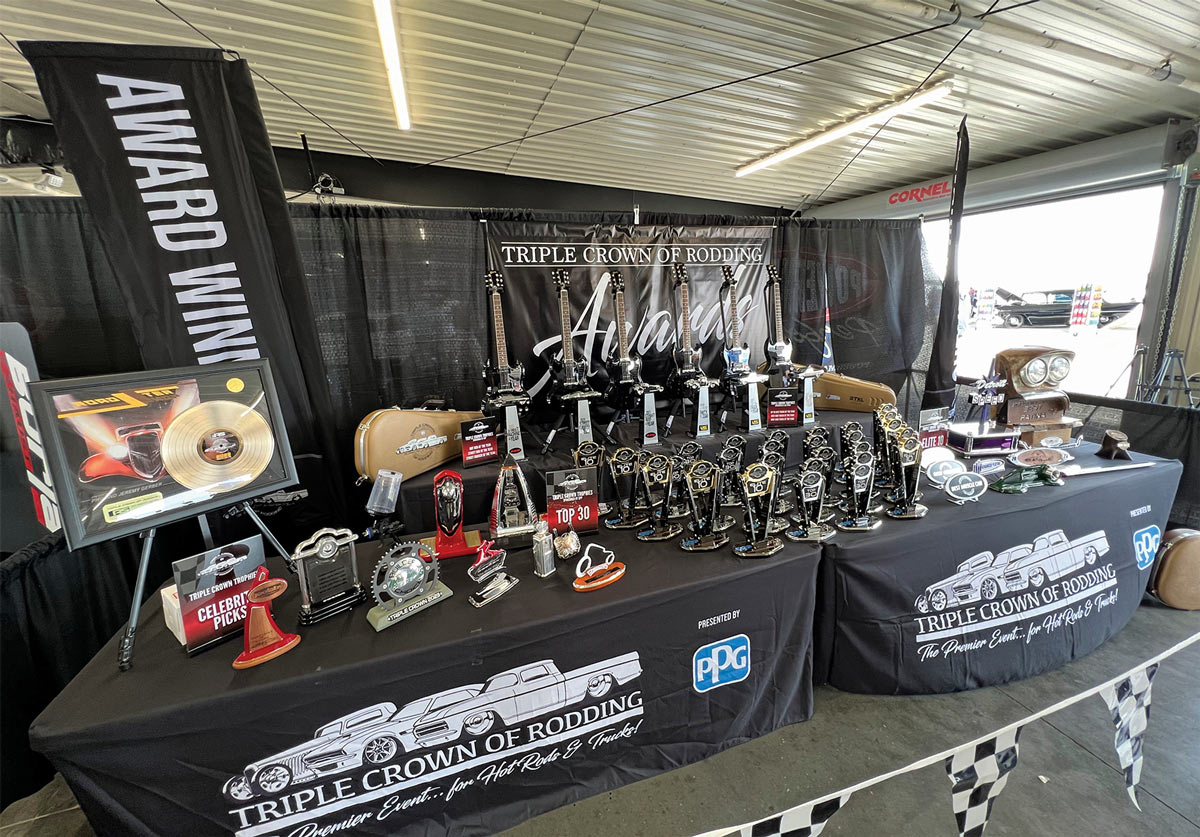

 Photography by THE AUTHOR
Photography by THE AUTHORruly, there are many great hot rod events throughout the calendar year. Some are indoor, some outdoor, or a combination of both. Some are famous because of their history, or what they represent, or their industry support. Some of the best are local while others are national in their appeal. Now there is a new event on the calendar that has everyone talking and planning for next year … the Triple Crown of Rodding presented by PPG.
Look for this event to happen each year the weekend after Labor Day at Nashville Superspeedway in Lebanon, Tennessee (30 miles north of Nashville). The 2023 date is September 6-7, 2024.
It should be noted that the Triple Crown of Rodding (TCR) presented by PPG as an award has been around since 2016 and now, beginning in 2023, it has become its own event. It has grown into a bigger and better version of itself. The event, while everything we have come to enjoy about a large gathering of hot rods, also had a feeling from a long time ago. With so many of the country’s top builders and manufacturers present it was “almost” like being back in the early days of our hobby. It was a time when everyone wanted to meet everyone and everyone wanted to make new friends.


 Photography by John Jackson
Photography by John Jacksont’s been said that ’32 Ford roadsters are plentiful and all that can be done has been done. Well, not so fast and don’t assume … it will get you in trouble. Dave Gray of Michigan is both a longtime hot rodder and shop owner of Gray’s Garage Hot Rods and Customs. He’s seen and owned plenty of early hot rods but the ’32 Ford roadster has always been high on his list as “most desirable.”
Dave’s shop consists of one employee, Matt Vanderbush, and between the two of them the build began. As the coming deadline crept closer a good friend, Colton Leigib, helped throughout those rapidly accumulating midnight hours. When building a ’32 Ford roadster there are any number of acceptable powerplants. But there is always one that is near the top of every hot rodder’s list: the Chrysler Hemi. For this build a ’54 Chrysler Fire Power Hemi V-8 was selected–a 331-inch variety (oftentimes referred to as a First-Generation ’51-58 Hemi). If you like “heft” then the early Hemi is for you, coming in at a not-so-svelte 700 pounds but did produce an era-impressive 180 hp. A few other internal “secrets” were it came with a forged-steel crank and large 1.81-inch intake and 1.50-inch exhaust valves. Now, history and experience has taught us that this venerable oldie but goodie can produce upwards of 400 hp with a compression jump to 10.0:1 and a good four-barrel. The hemi you see here does have an aluminum intake with an Edelbrock 650-cfm four-barrel. You will also find the use of a Holley electric fuel pump, a chrome vintage air cleaner, and valve covers. Bringing the Hemi to life is a Mallory Unilite electronic distributor with a stock coil and Taylor plug wires. The custom headers are made from 1-5/8-inch tubing that dump into 2-inch exhaust pipes that run sans mufflers. Cooling comes by way of a finned aluminum water pump with a chrome factory-style four-blade fan. The Hemi is backed up to a T-5 five-speed that operates through a Mcleod clutch package. The shift lever began life from Johnson’s Hot Rod Shop and then Dave heated, reshaped it, and afterward repolished it. A H.A.M.B. limited-edition shift ball (number 42) is scripted with the H.A.M.B. “Twenty-Five Years of Speed & Power … Old News Travels Fast.”
Modern Rodding TECH
InTheGarageMedia.com
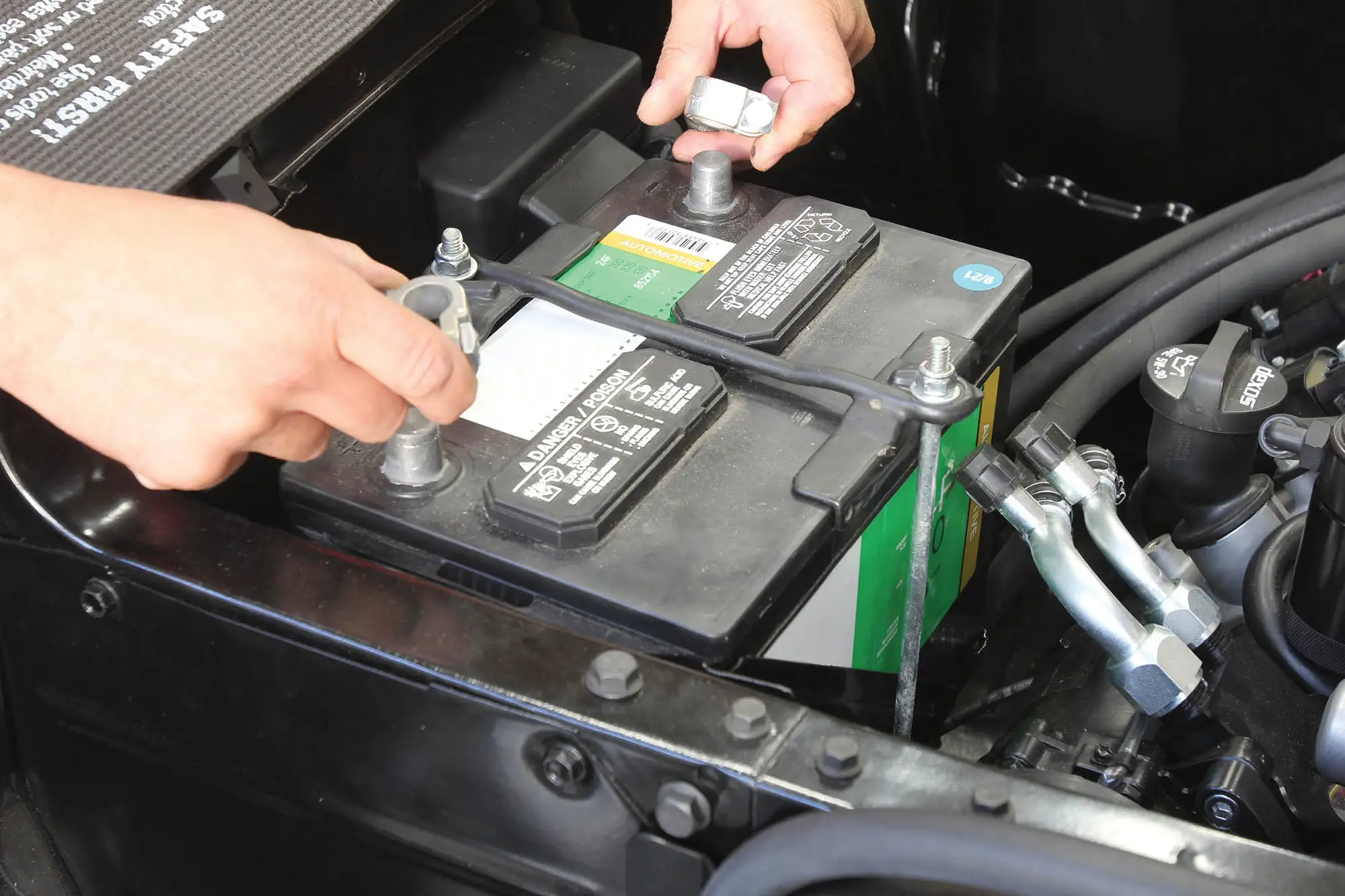

 Photography by The Author
Photography by The Author  Videography by Ryan Foss Productions
Videography by Ryan Foss Productionsproperly charged and maintained battery is a must for any classic car, but especially so when it comes to those equipped with all mod cons like EFI, digital gauges, A/C, and more. The more advanced the component, the more sensitive they seem to be to a steady, reliable 12V signal. Many systems, in fact, will cease to operate properly if provided with anything south of 11 V. That leaves a small margin of error when it comes to the alternator providing steady charge under normal driving conditions or to the battery itself if left to sit idle for too long a period. Leaving a trickle charger attached to that hot rod with an expectant slumber of a period over a week or so has become common practice.
But before we can even worry about proper maintenance of the battery and charging system, we need to be sure that the system’s wiring and cables are properly sized, fabricated, and ran safely across the vehicle to further ensure the system’s reliability and performance. Long runs of battery and charging cables need to be sized properly, securely terminated, and properly protected. As lengths increase, so does diameter size to overcome the resulting resistance in said wire/cable. For example, a 10-gauge wire on a 30-amp circuit has an acceptable run of around 10 feet. Extend the run of that wire another 2 feet and the size requirement jumps to 8-gauge. The longer the wire, the more resistance in the wire, hence the larger size to make up the disparity. Now, this is based on a rough set of specifications related to wire temp and percentage of acceptable voltage drop. A wire that runs through the passenger compartment will see more moderate temps than one that runs from the engine compartment and alongside the exhaust, so other factors need to be considered as well, all based on individual circumstances. Like many things in the hot rod world, these are baselines and not hard and fast rules. Suffice it to say, when in doubt, run a larger-gauge wire.
InTheGarageMedia.com


… And Neither Are All ’41 Willys Coupes
By BRIAN BRENNAN
Photography by John Jackson
Artwork by Eric Brockmeyer Design
hould you find yourself wandering the fairgrounds looking at Willys coupes, especially the ’41 era, you will see a recurring theme. Jacked up front ends, skinny rubber in front and monster rubber in back, protruding hood scoops, most likely a Hemi underhood, and probably a rollbar. Not so fast when looking at Doyle Thomas’ ’41 Willys. (Doyle is no stranger to hot rods and has had some very nice ones that have graced the pages of Modern Rodding in the past.) Make no mistake, this ’41 Willys represents itself well but there is an unmistakably fresh approach to a popular theme.

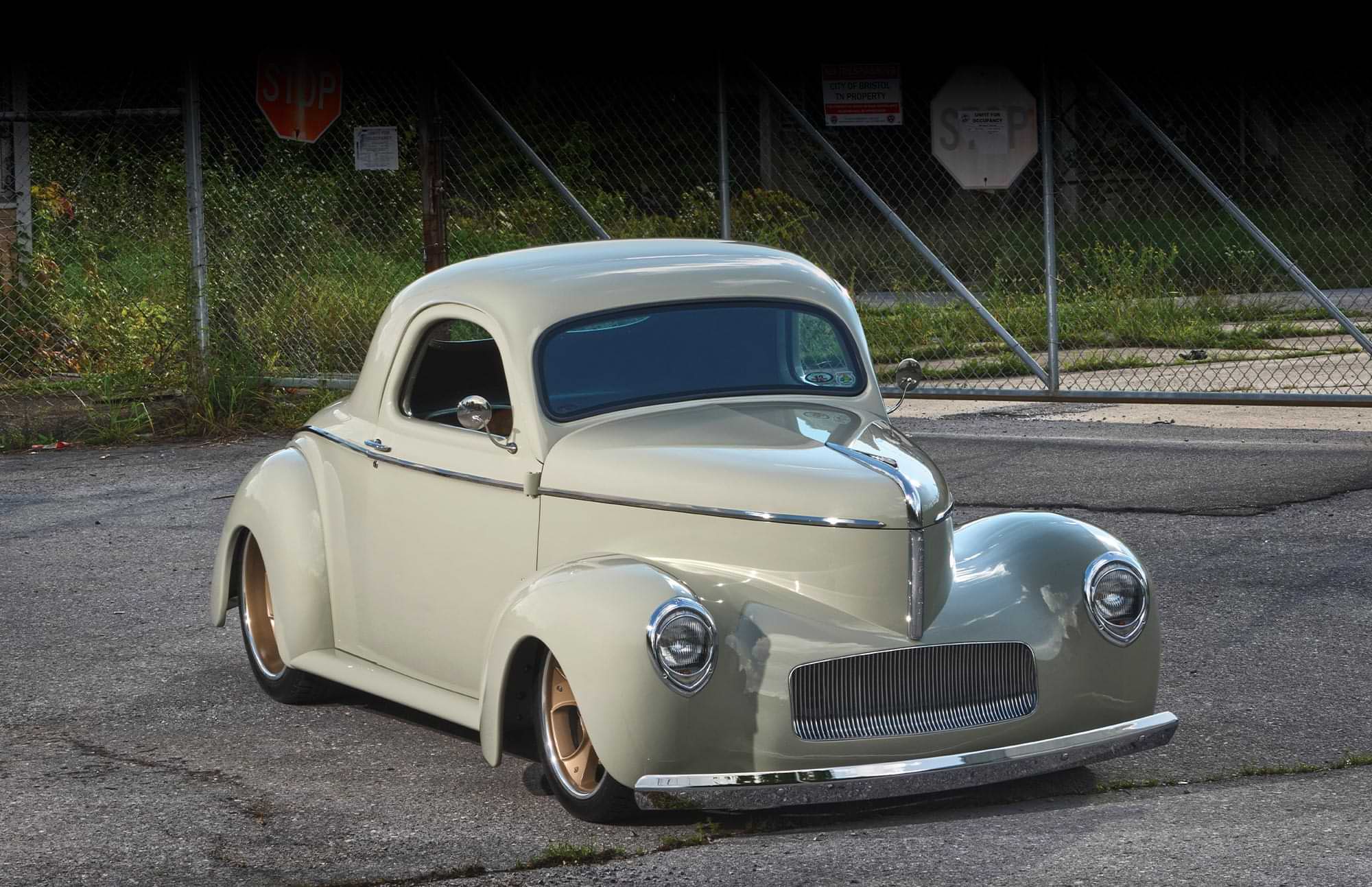
Modern Rodding TECH
InTheGarageMedia.com

 Photography by Brian Brennan & Jason Scudellari
Photography by Brian Brennan & Jason Scudellarine of the best-known names in the world of hot rodding is Kugel Komponents. Its founder, Jerry Kugel, became well known for installing independent front and rear suspensions under hot rods—that is, when he wasn’t chasing records on the Bonneville Salt Flats.
Early on Jerry worked with the legendary Ak Miller before opening his own shop, Jerry’s Garage, in 1969. Eventually, no doubt due to the combination of Jerry’s mechanical capabilities, business acumen, numerous magazine articles showcasing his abilities, and his understanding wife Judy, Kugel Komponents opened in 1977. Today Kugel Komponents is a family run business: daughter Jerilyn is the office manager, son Jeff is product manager, and son Joe is the lead fabricator.
Along with independent front and rear suspensions and other “komponents” Kugel offers some rather ingenious brake pedal systems. There are standard, through-the-firewall configurations as well a reverse-mount 90- and 180-degree configurations. The reverse mount assemblies tuck the brake master cylinder (and clutch master cylinder if used) behind the dashboard. This eliminates exhaust interference caused by under floor pedals and keeps the firewall clean as well. Reverse-mount 90-degree brake pedal assemblies are available with or without boosters and clutch master cylinders, while 180 assemblies are available with clutch master cylinders but use only manual brake master cylinders.
InTheGarageMedia.com

 Photography by THE AUTHOR
Photography by THE AUTHORuring the early ’50s several custom car builders became enamored with the ’49-51 Mercury coupes, a series they deemed ideal for their creative endeavors. A range of factory styling features appealed to these craftsmen, including thick lower body proportions combined with relatively small windows, along with a long roof and short deck.
Customizers appreciated the V-shaped windshield, too, as it was much easier to chop than a curved window. In fact, once the roof was sliced, the heavy car, weighing over 3,300 pounds, with thick pillars, suddenly appeared more sinister. We should also point out that the Mercs modified through the same era made do with single colors and, occasionally, two-tone paintjobs.
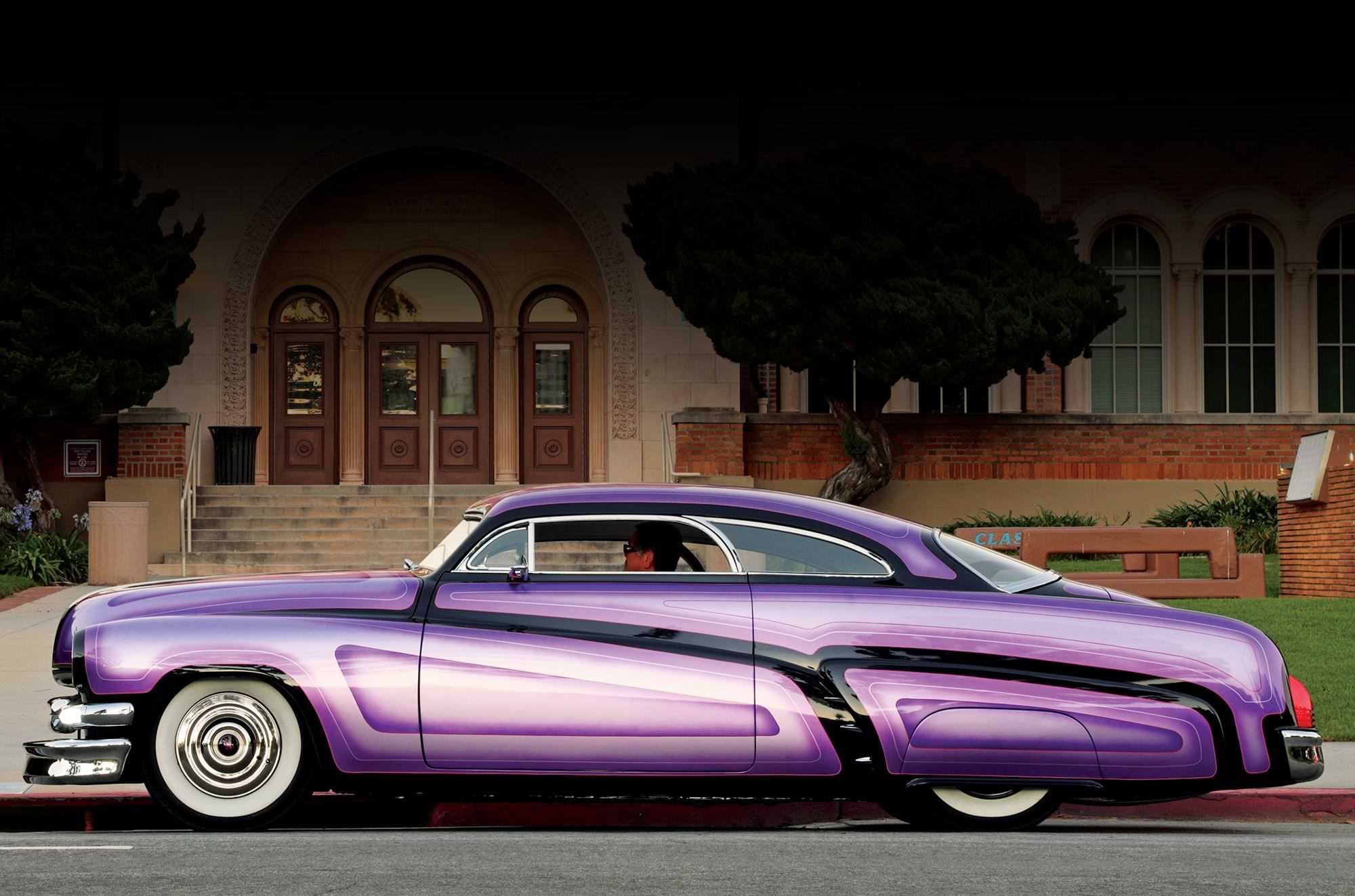
Modern Rodding TECH
InTheGarageMedia.com
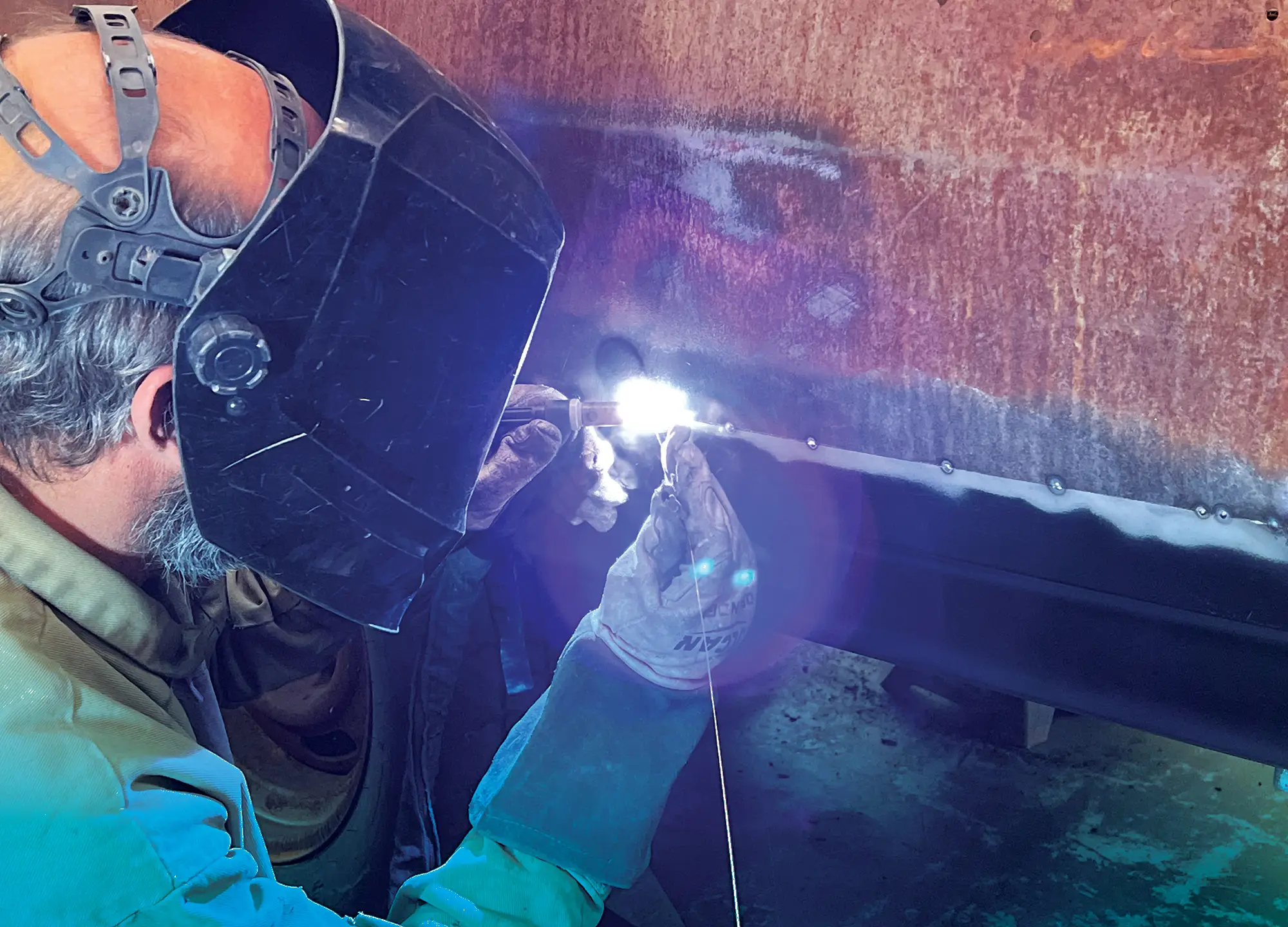

 Photography by Brian Brennan
Photography by Brian Brennanust repair is often a part of any vintage car project. While it is possible to make a patch panel of any size and shape, there are ready-made panels available for a lot of popular cars, which can ease the job and save considerable time. Unless you are proficient at metal shaping, the ready-made patch panels are likely to have a better fit and finish than a handmade panel.
Hot Rods by Dean (HRBD), in Phoenix, was recently tasked with repairing rusted areas on the lower quarter-panel of a ’65 Chevelle and chose to use patch panels made by Golden Star Classic Auto Parts. Geoff Jones of HRBD is the man who did the installation, and as you will see the work was done in a very professional manner.
As you look through the photos, you’ll see each of the important steps needed to prepare, fit, and attach panels like these. For this job, the patch panels are joined with a butt joint and TIG welded, but the process would be very similar for an overlapped joint and for MIG welding. The flanges on the front and lower edges of this panel were originally spot-welded into place. A good way to reattach a new panel is to drill or punch a hole in the flange and plug weld through these holes into the metal behind the panel. Done properly, this will exceed the strength of a spot weld, and when ground down flush these plug welds become nearly invisible.
InTheGarageMedia.com

 Photography by THE AUTHOR
Photography by THE AUTHORack in the late ’20s through the ’40s, the Ford models each year featured both a Standard model and a Deluxe one. Some hot rodders liked both, but the Deluxe models seemed to be the most popular, especially for the ’38 Ford coupe. The early Standard models had only one windshield wiper and taillight, and, of course, turn signals were a thing of the future.
David Burgard grew up in the San Fernando Valley of Southern California during the ’50s and ’60s. Starting in the ’30s, that was the epicenter of the hot rod revolution. While in high school, there was a guy down the block who had a ’40 Ford coupe with an Oldsmobile OHV V-8 engine that he was sliding underhood. At that time, you could buy all the parts you needed to do that at the local parts store and do the whole thing in a weekend—or so they say. By the time graduation rolled around, David had found a ’40 Ford coupe. He dated his future wife in it; they both liked the old hot rod. Marriage has the power to make a guy more aware of the practical side of life, so the coupe had to go. Still, David had dreams of getting another coupe in the future.
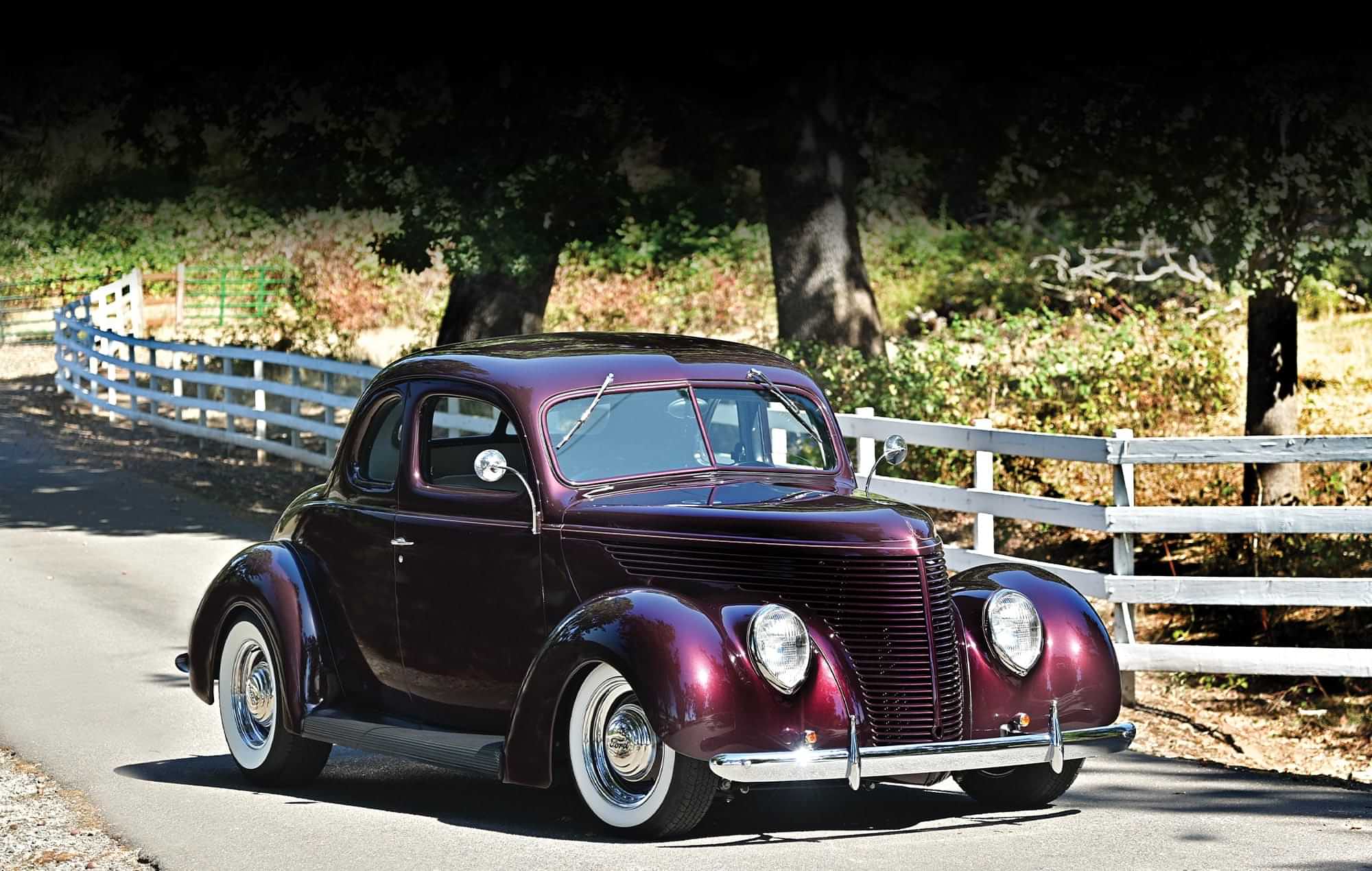
Modern Rodding TECH
InTheGarageMedia.com
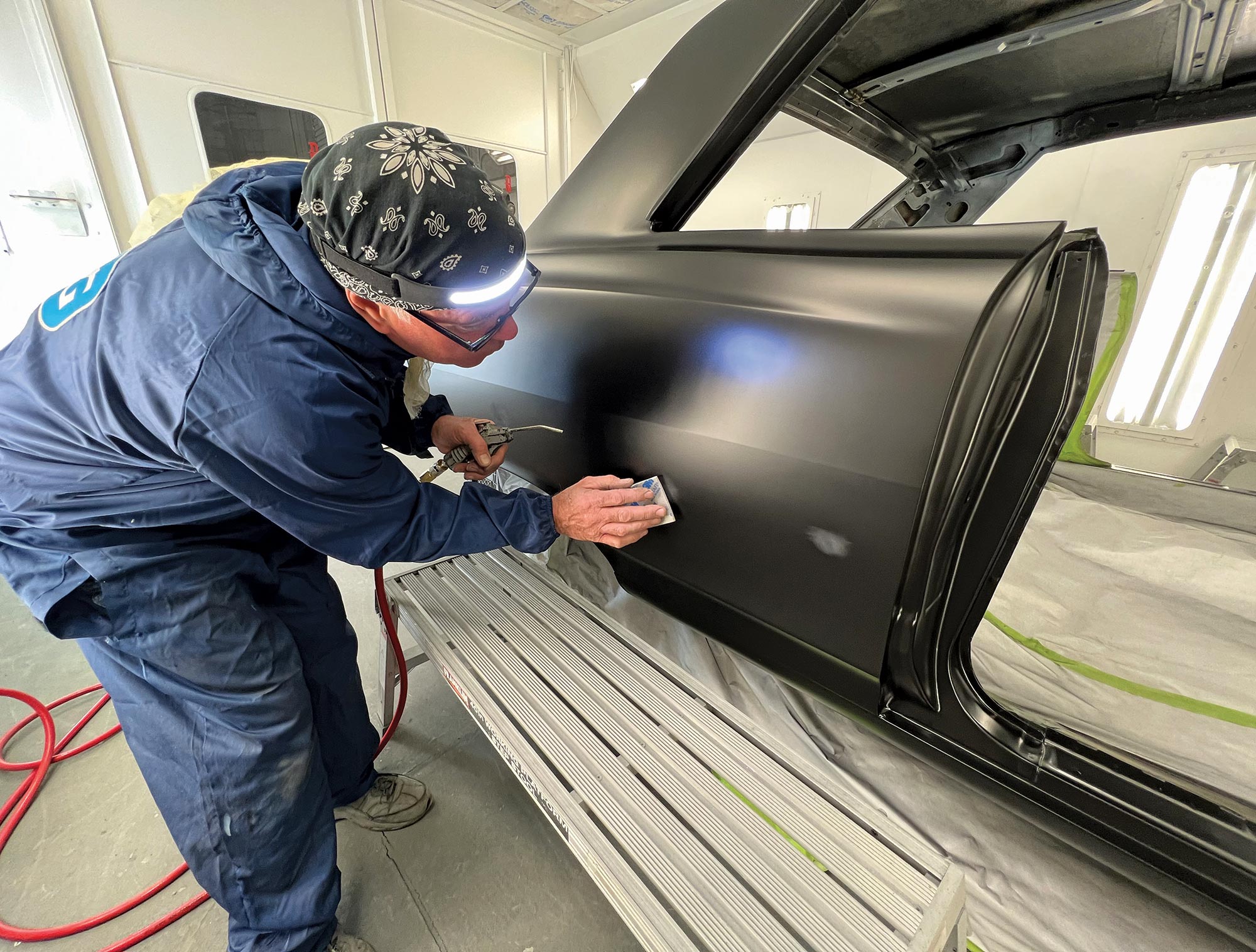
 Photography by Brian Brennan
Photography by Brian Brennanf you’re reading this, chances are you read the first entry of this two-part series in the Nov. ’23 issue. And if you read that, you probably got a little miffed that we cut off smack-dab in the middle of the process required to take a body from straight to perfect. But you know … space limitations and all.
Just like the real world of sanding, this month is more of the same. But we’re projecting beyond where most sanding stories end. Instead of closing at paint, we’re following through the post-production phase.
With technology available today, it’s possible to create a glassy, wet-look finish right out of a gun. But as good as a gun finish can look, it can be better—a whole lot better.
View Index
- AFFORDABLE STREET RODS
- AMERICAN AUTOWIRE
- ART MORRISON ENTERPRISES
- AUTO METAL DIRECT
- AUTOMOTIVE RACING PRODUCTS
- BOWLER PERFORMANCE TRANSMISSIONS
- CHEVS OF THE 40’S
- CLASSIC INSTRUMENTS
- CLASSIC PERFORMANCE PRODUCTS
- CLASSIC PERFORMANCE PRODUCTS
- CONTROL CABLES
- DAKOTA DIGITAL
- EATON DETROIT SPRING, INC.
- ENGINEERED COMPONENTS, INC.
- FITECH EFI
- FLAMING RIVER INDUSTRIES
- FLAMING RIVER INDUSTRIES
- FPM METALS
- GEARSTAR PERFORMANCE TRANSMISSIONS
- GOLDEN STAR CLASSIC AUTO PARTS
- GRANATELLI MOTOR SPORTS, INC.
- HEINZMAN STREET ROD SHOP
- HEMMINGS
- HOT HEADS RESEARCH
- LOKAR
- LOKAR
- NATIONAL STREET ROD ASSOCIATION
- PHOENIX MACHINE PRODUCTS
- POWERMASTER PERFORMANCE
- ROD SHOWS
- SCHWARTZ PERFORMANCE
- SCOTT’S HOTRODS
- SPEEDWAY MOTORS
- STEELE RUBBER PRODUCTS
- STEVE’S AUTO RESTORATIONS
- SUMMIT RACING EQUIPMENT
- THAT’S GREAT NEWS
- THERMO-TEC AUTOMOTIVE
- VINTAGE AIR
- WILWOOD ENGINEERING
Parting Shot
InTheGarageMedia.com
 Photography By RON COVELL
Photography By RON COVELLhe name Gene Winfield is and has been synonymous with the world of hot rodding, especially custom car building, for longer than most of us can remember. Gene has been to more events than, dare I say, any of us. He is a welcomed figure everywhere and his past and present projects are always attention-grabbers. His enthusiasm for our hobby and his business world never ceases to amaze.
Well, even Gene thought it was time to move on. He has lived and worked in Mojave, California, for the past 20-plus years. Well, as of late this year, he has decided it’s time to move and begin a new chapter is his ever-expanded life. It was back in early October of this year that he held the last open-to-the-public event at his shop (Winfield’s Custom Shop) at what will become the old shop located on Sierra Highway (6 miles south of Mojave).
The 16th Annual Winfield-Watson Gathering, sponsored by Rod Tossers Car Club, was held and had a great turnout with exhibitors taking home a coveted dash plaque and goody bag–but you had to be there by 7 a.m. It was also referred to as the “Gene Winfield Auction/Yard Sale.” There was lots more to do and enjoy. As always, if Gene is involved it’s going to be a good time had by all. Look for this annual get-together to continue when Gene sets up his new shop.








